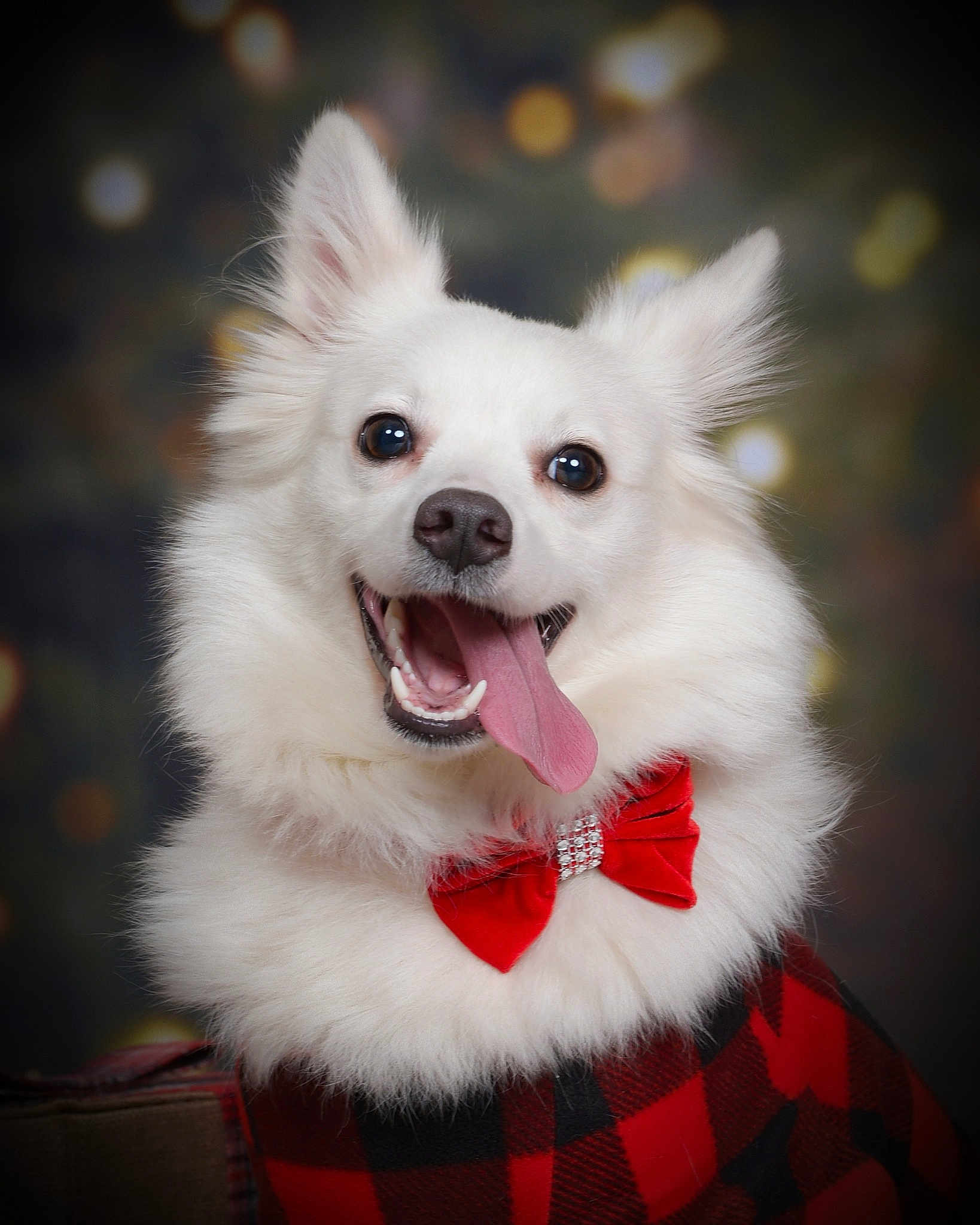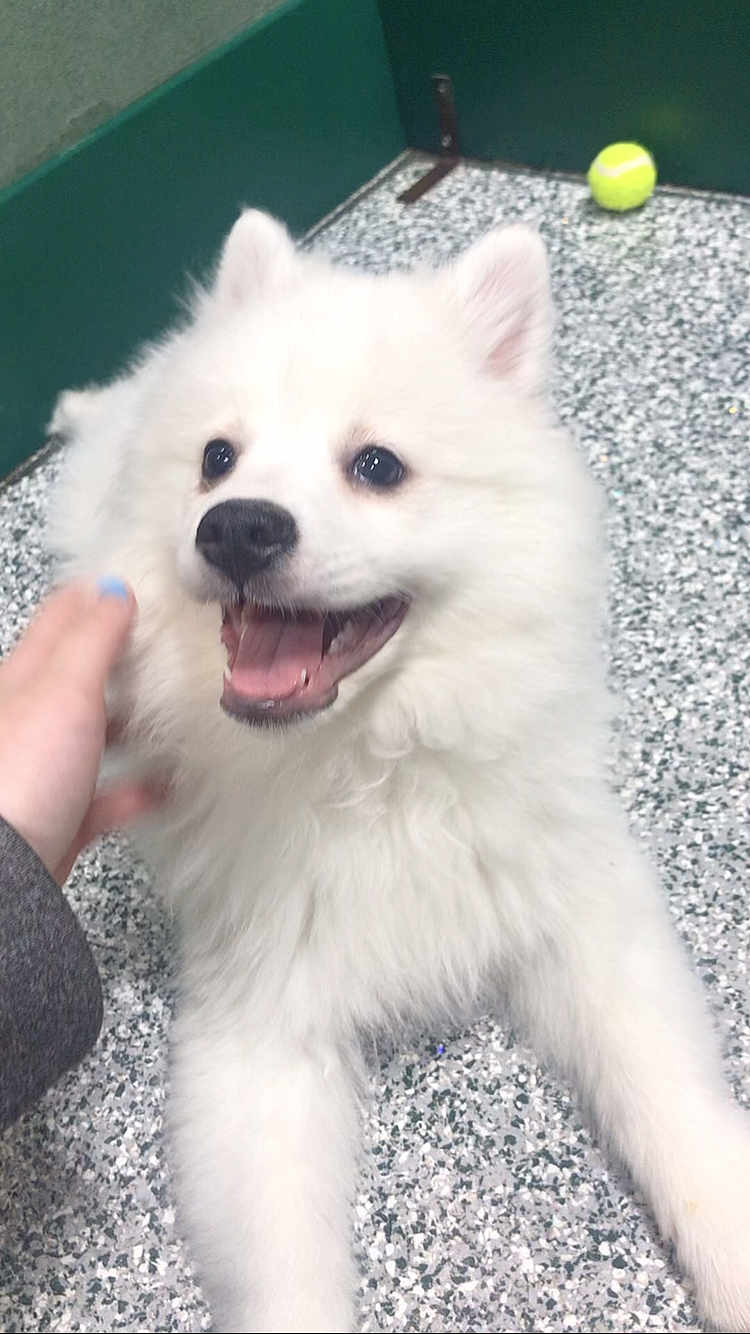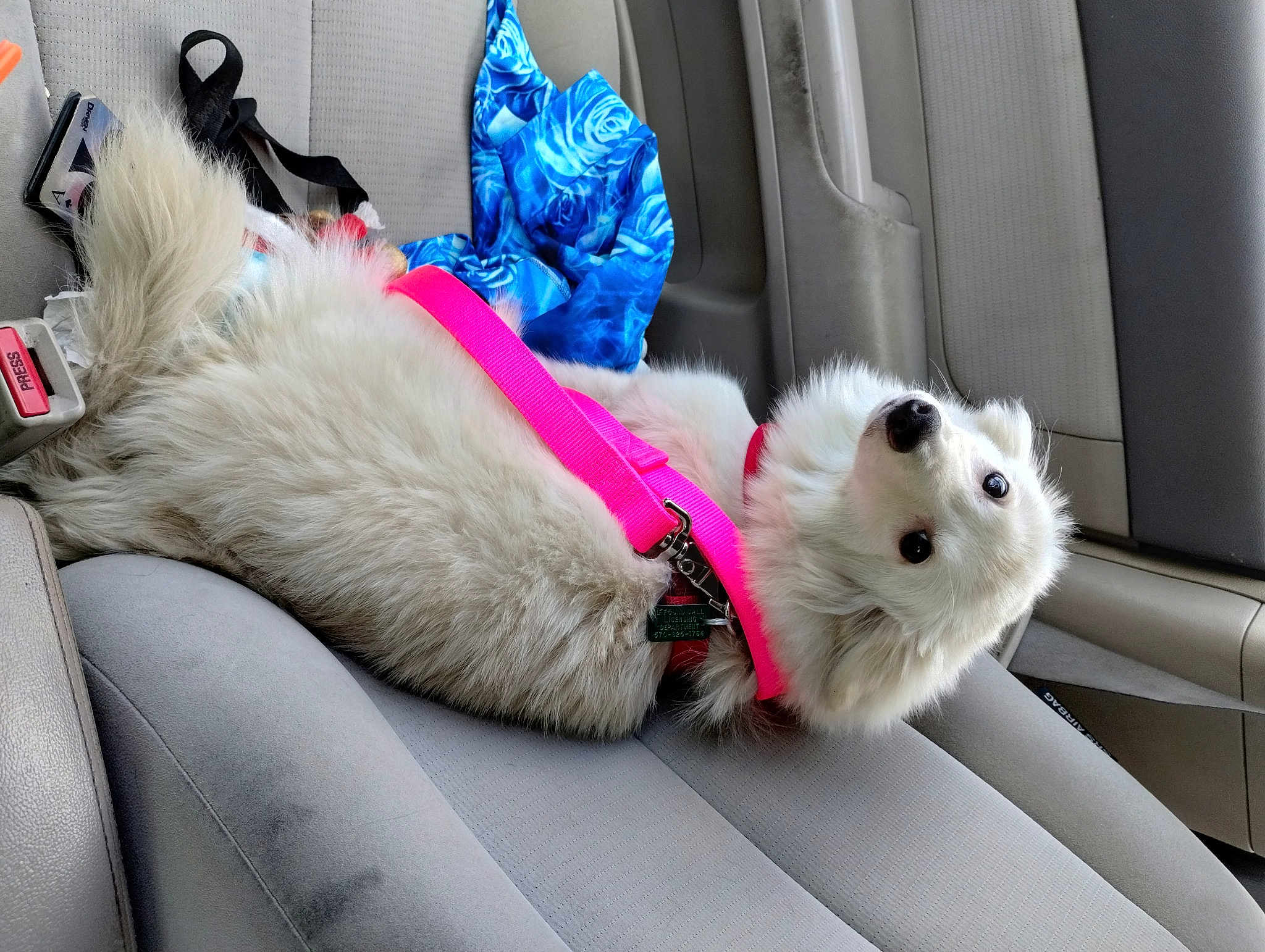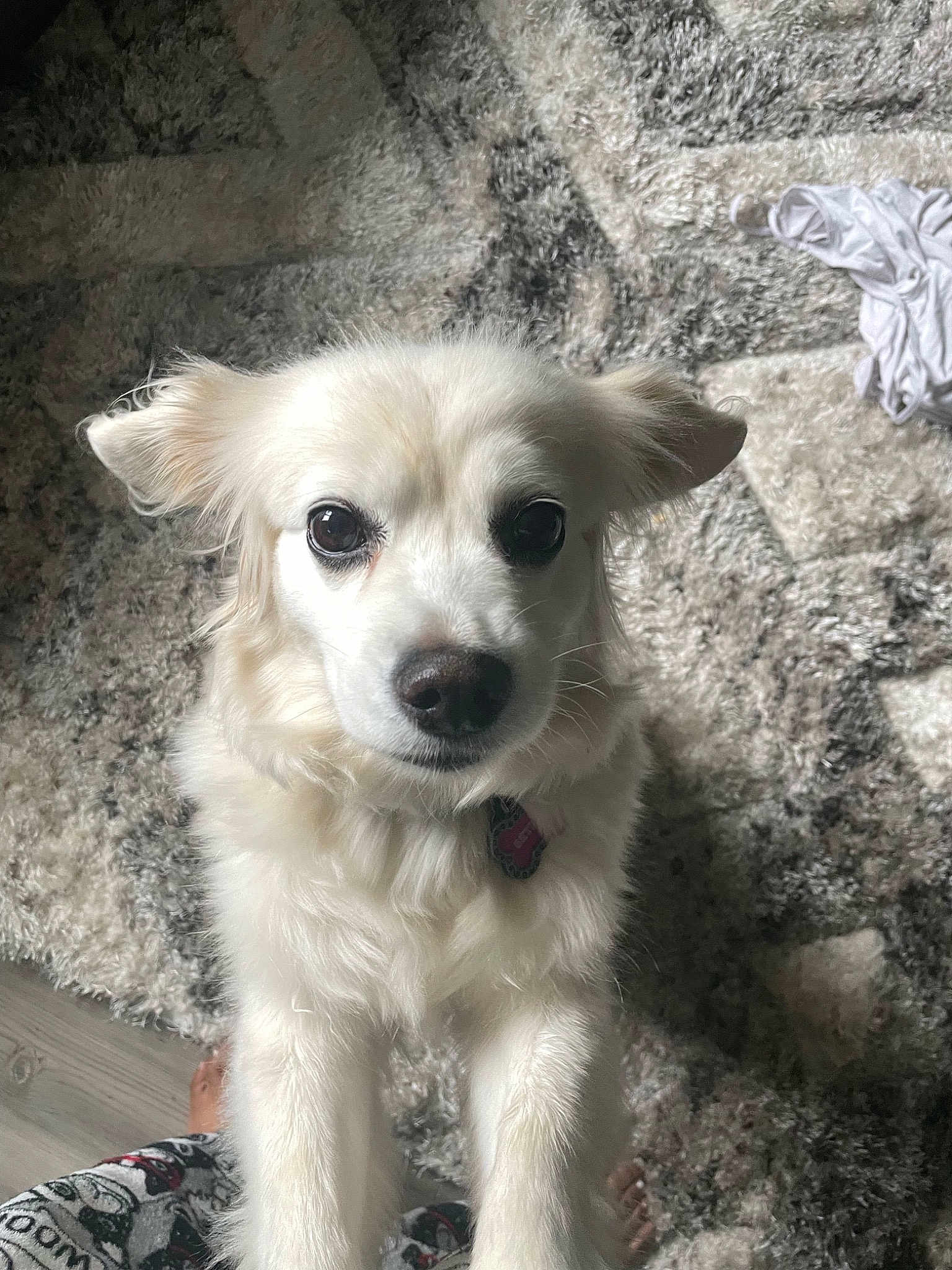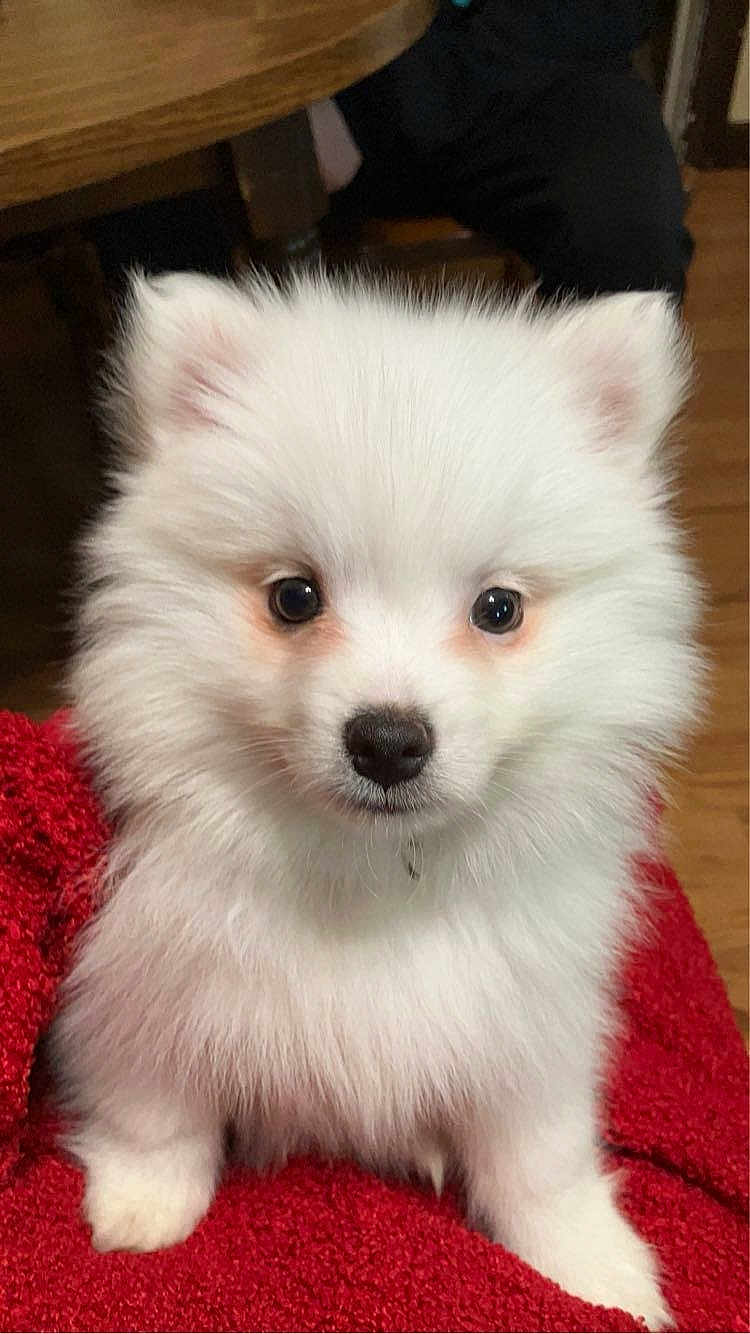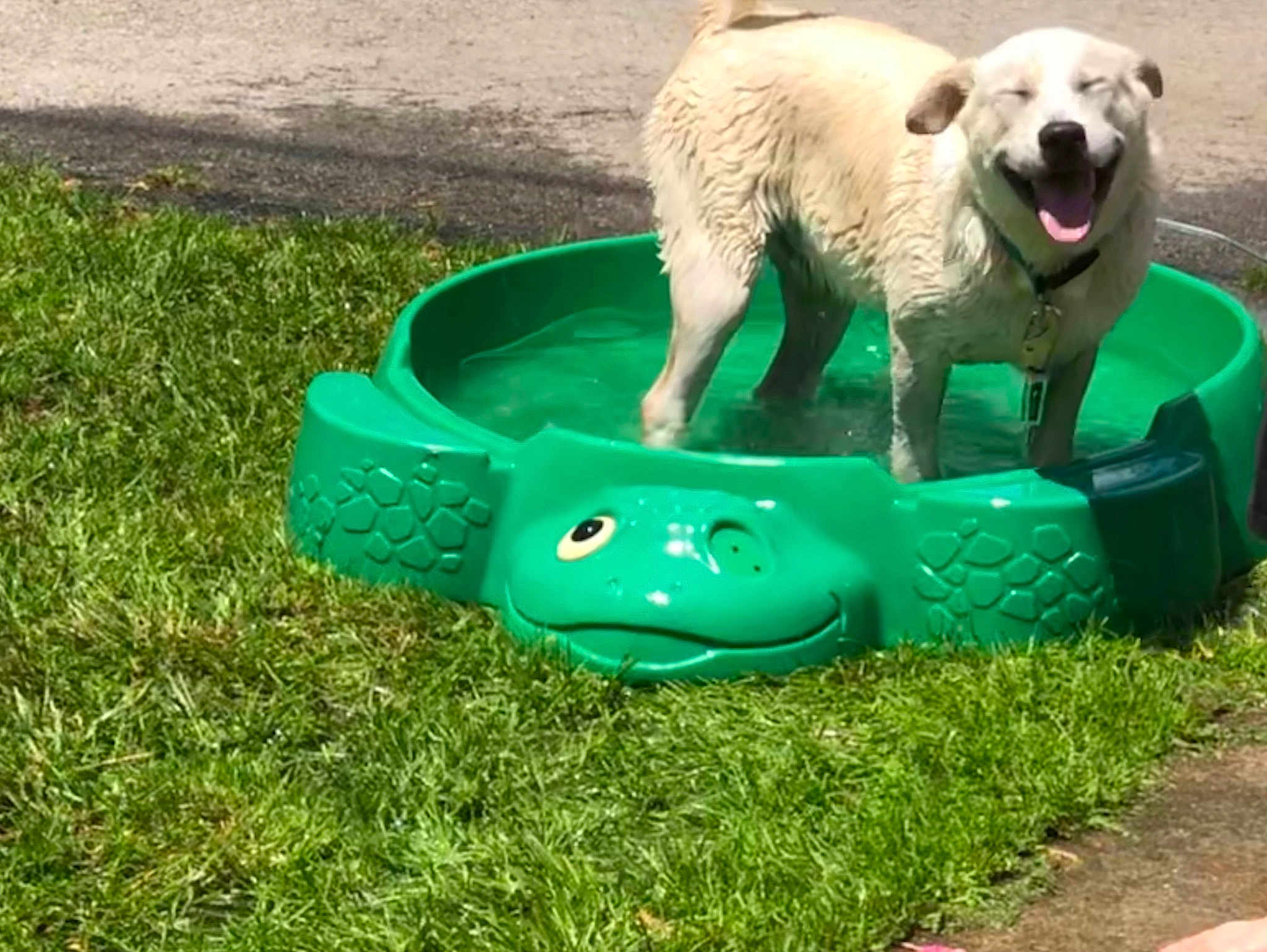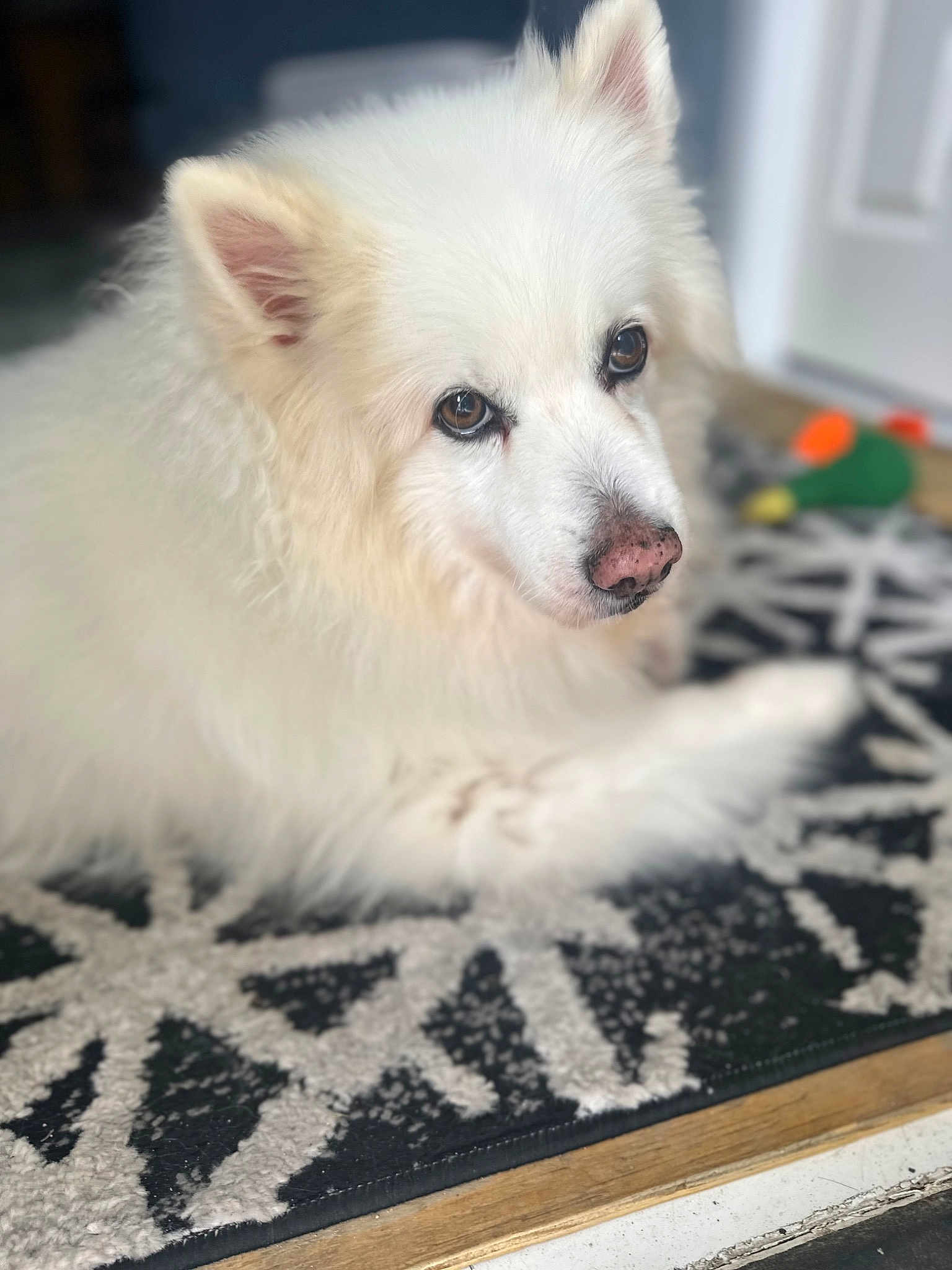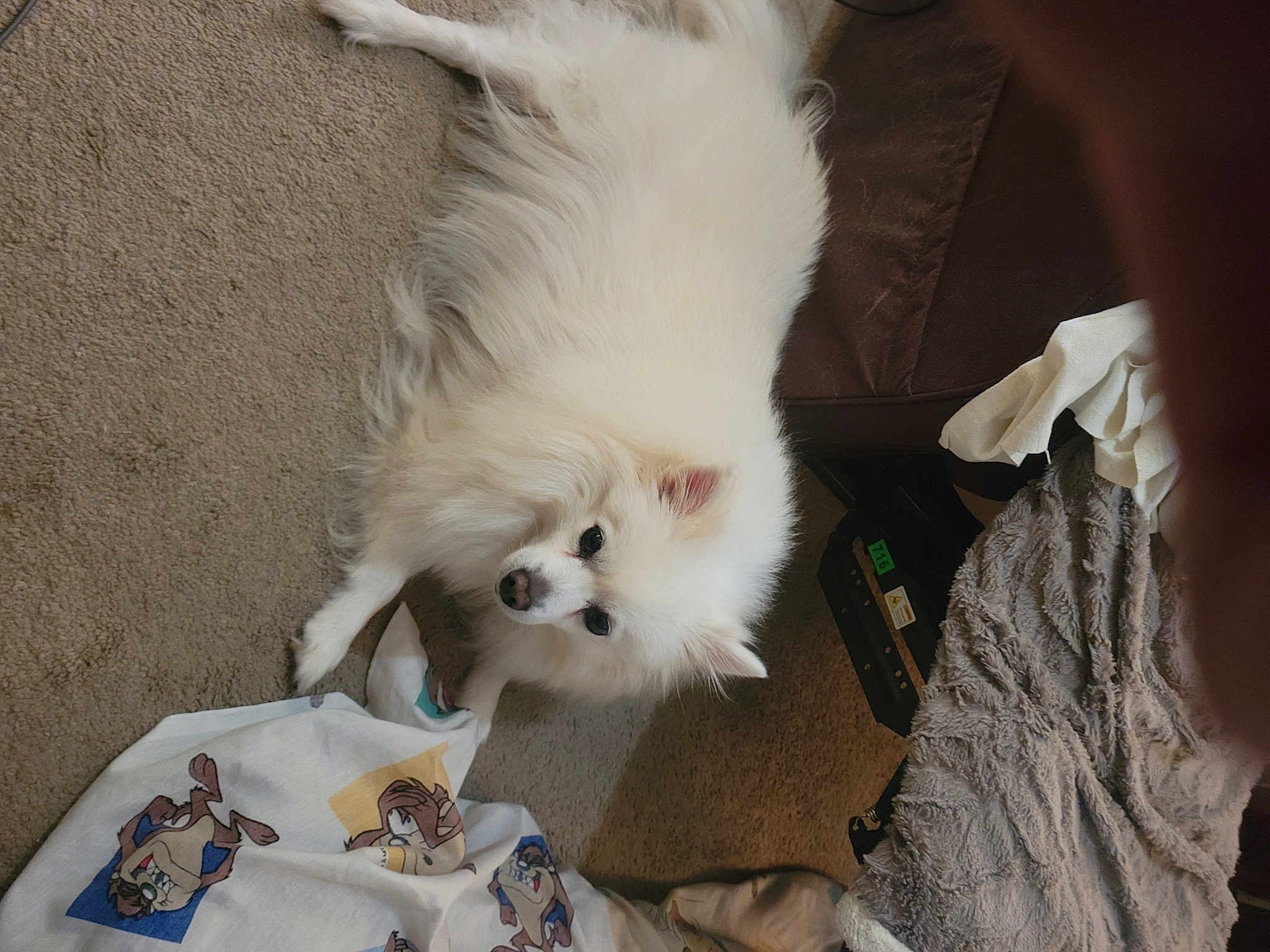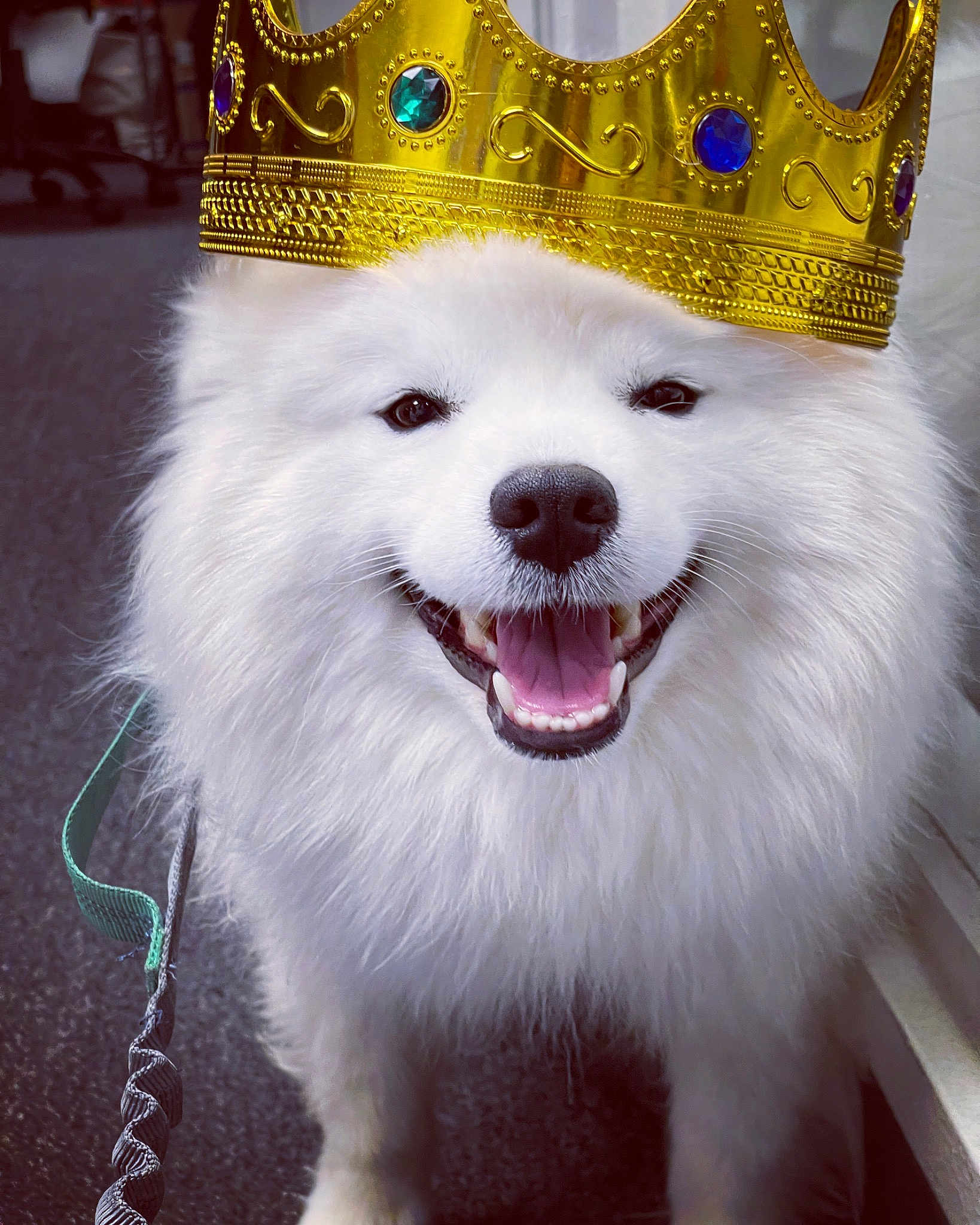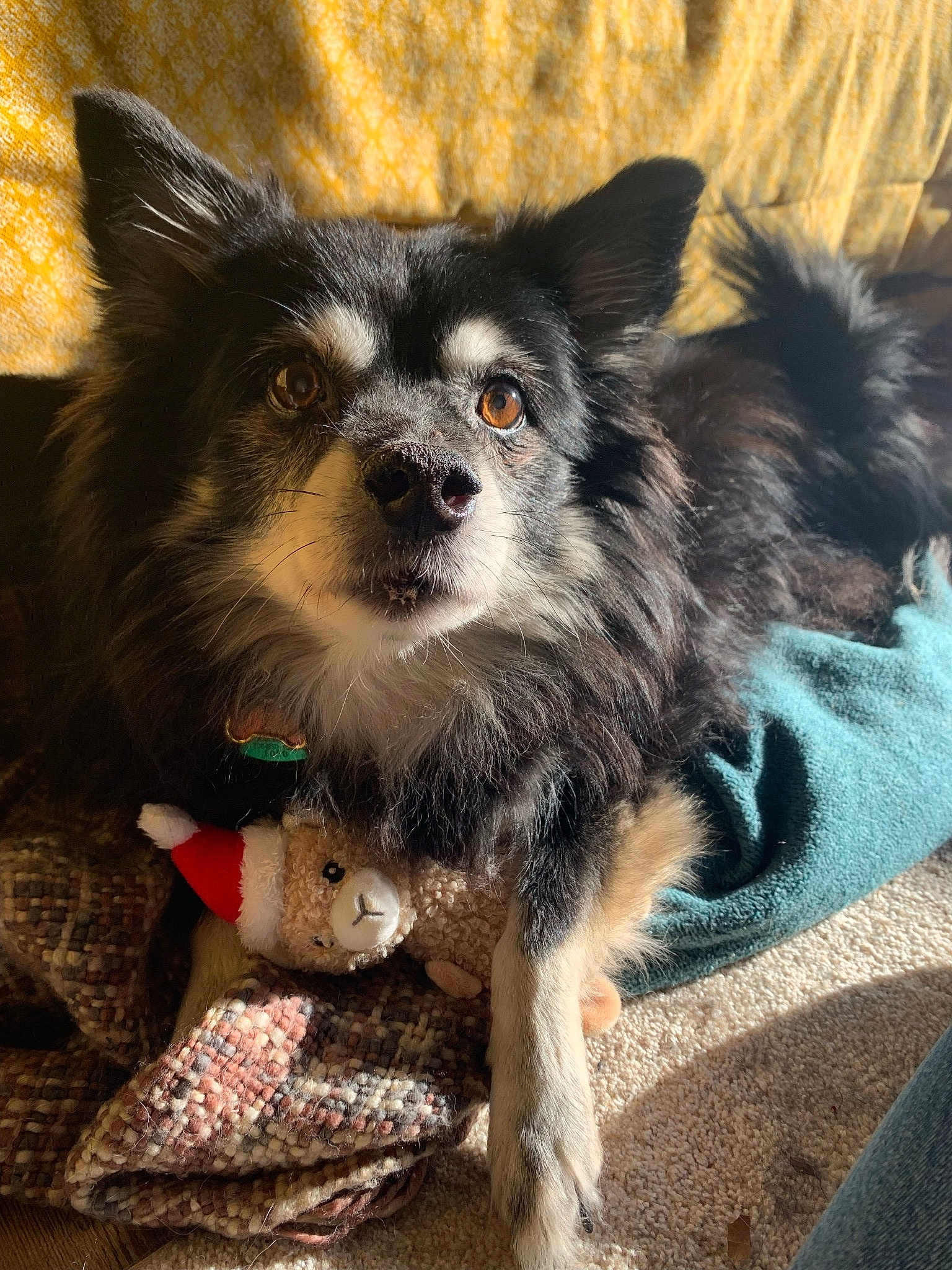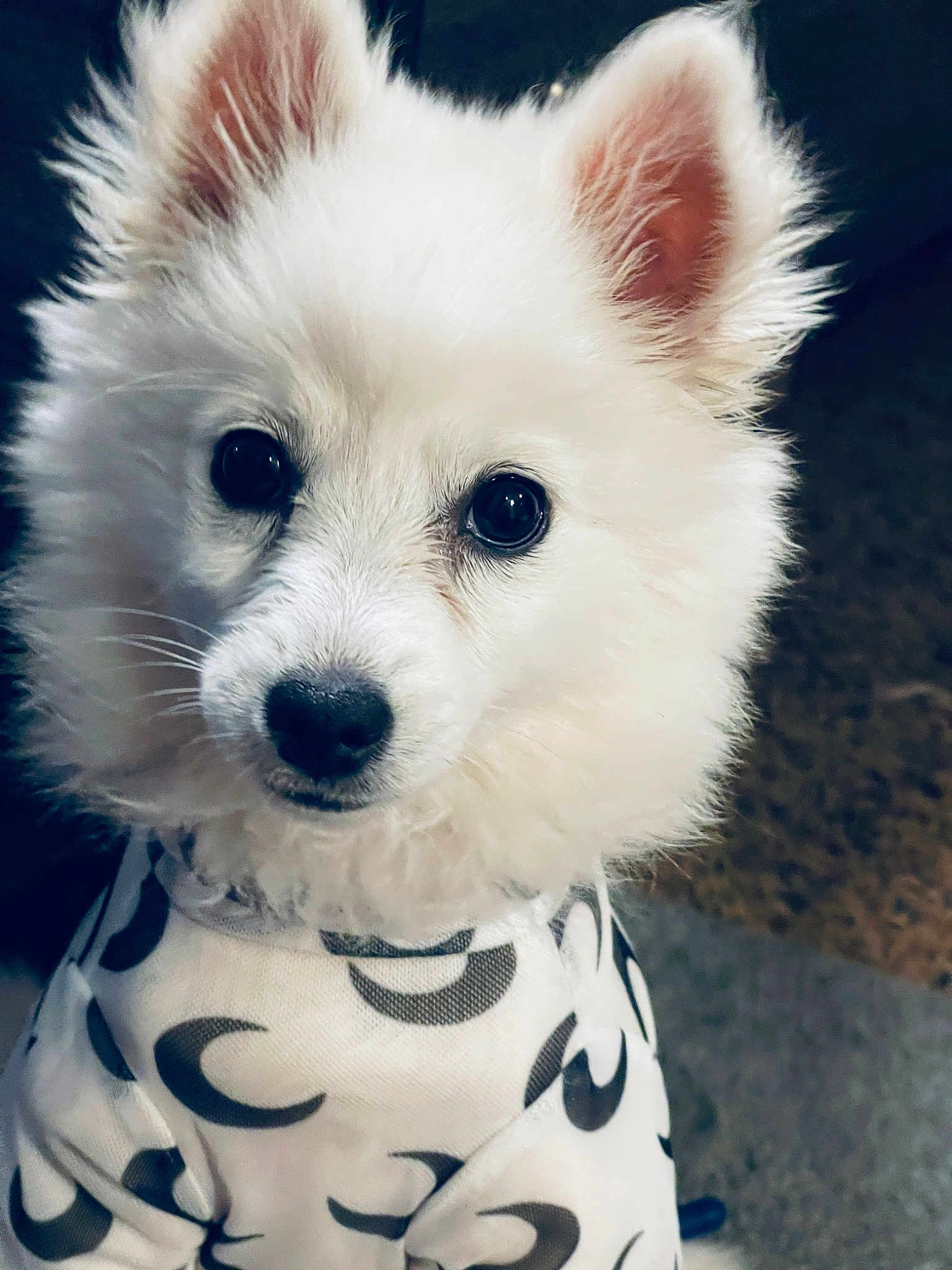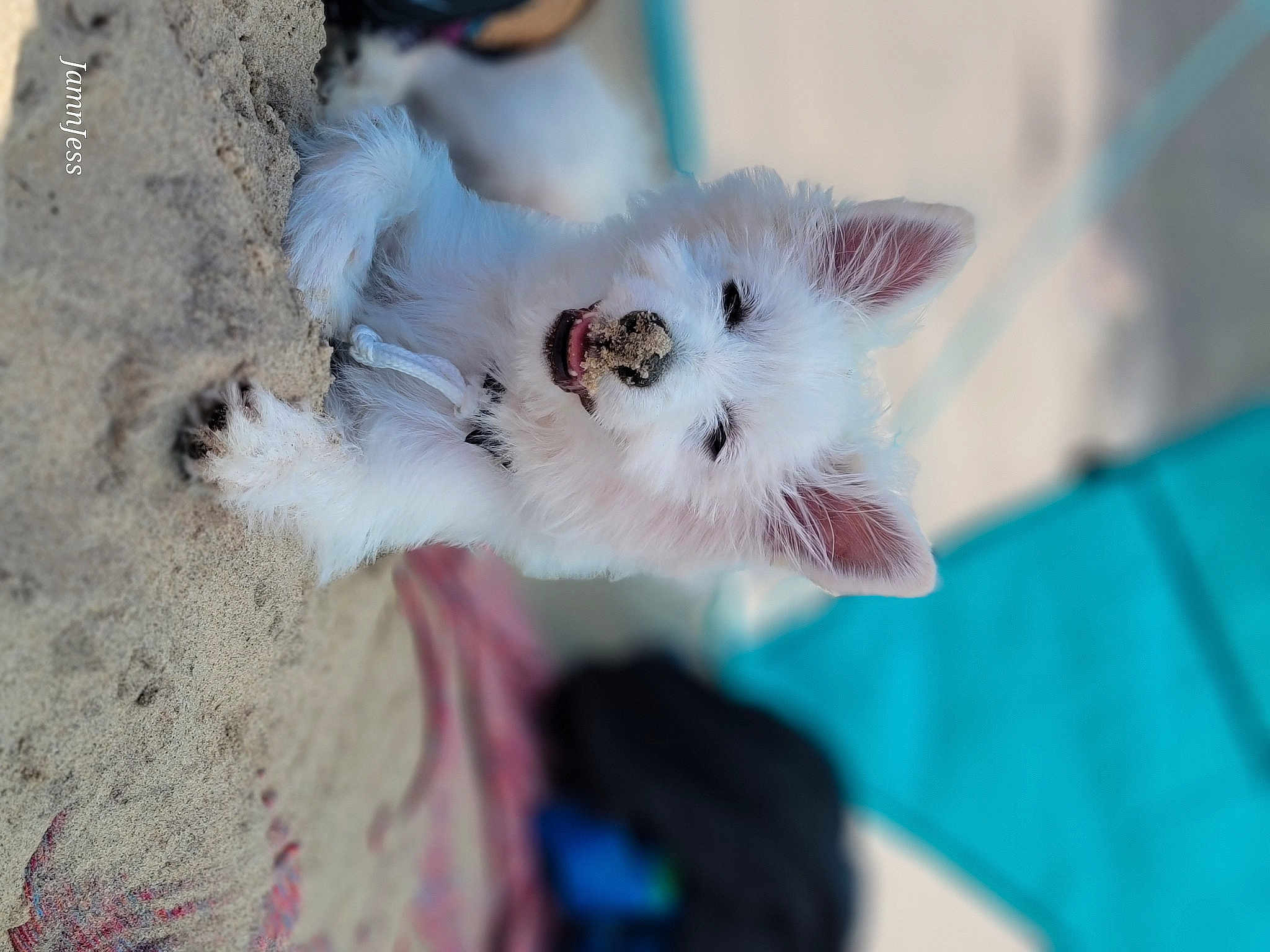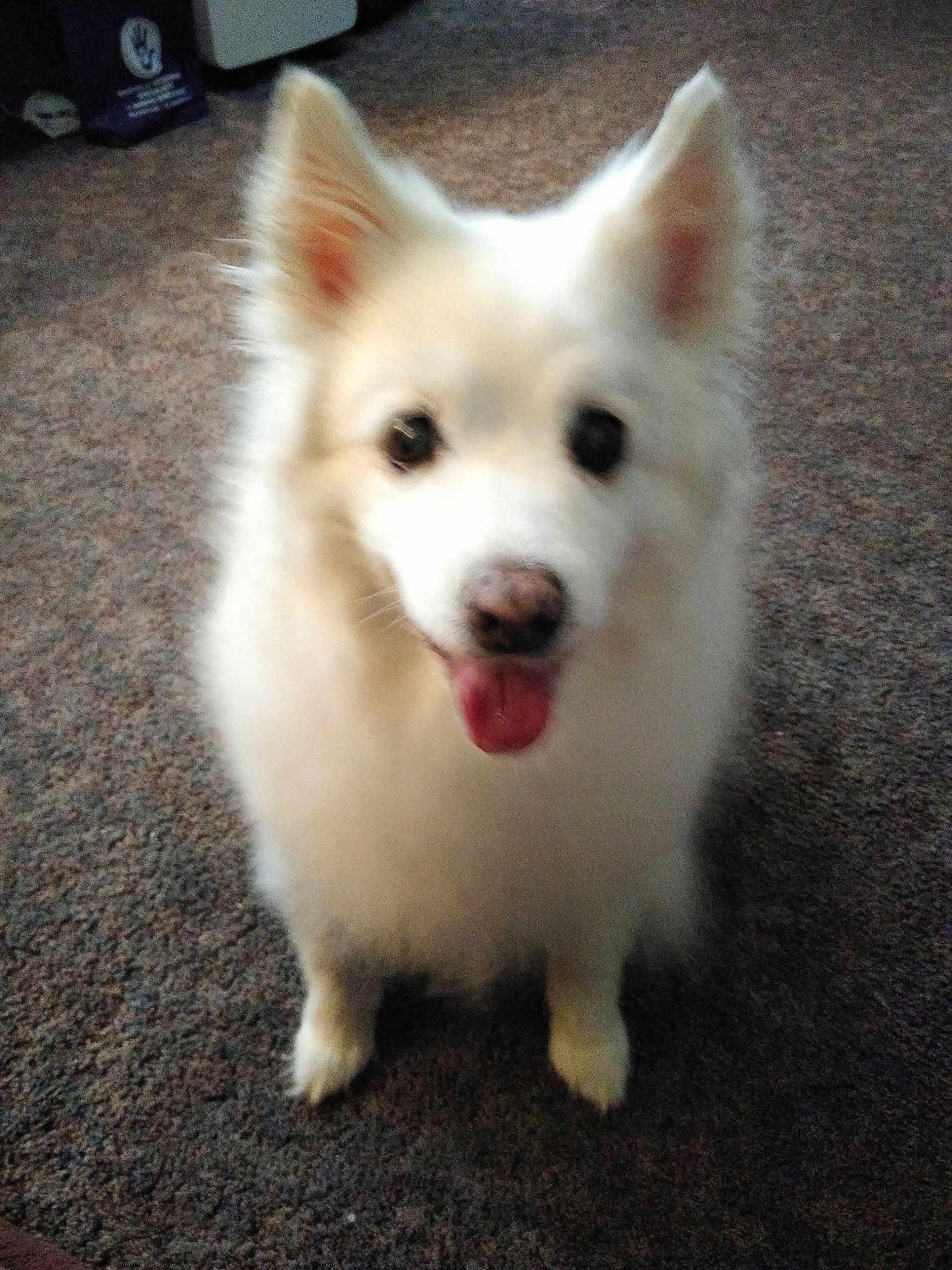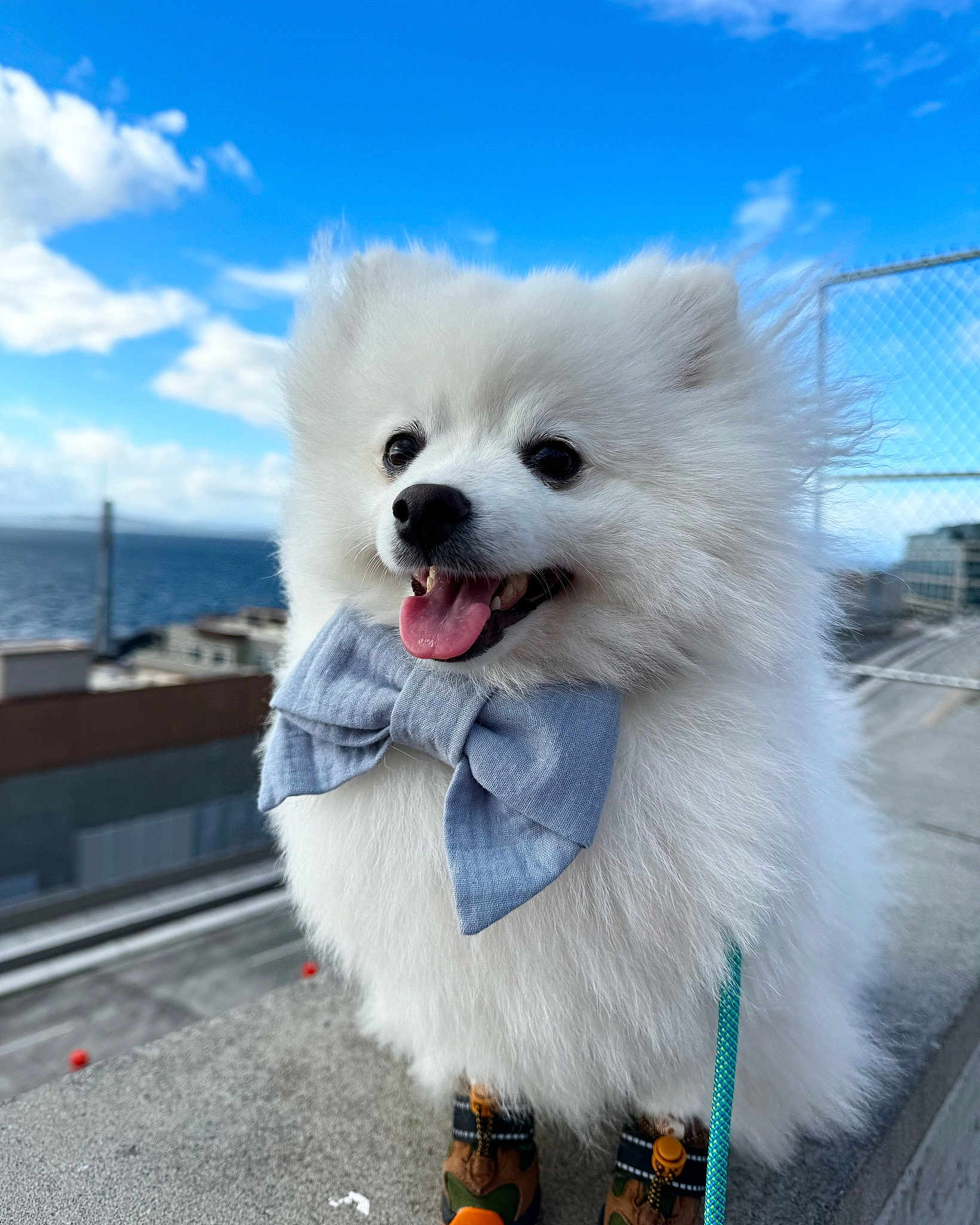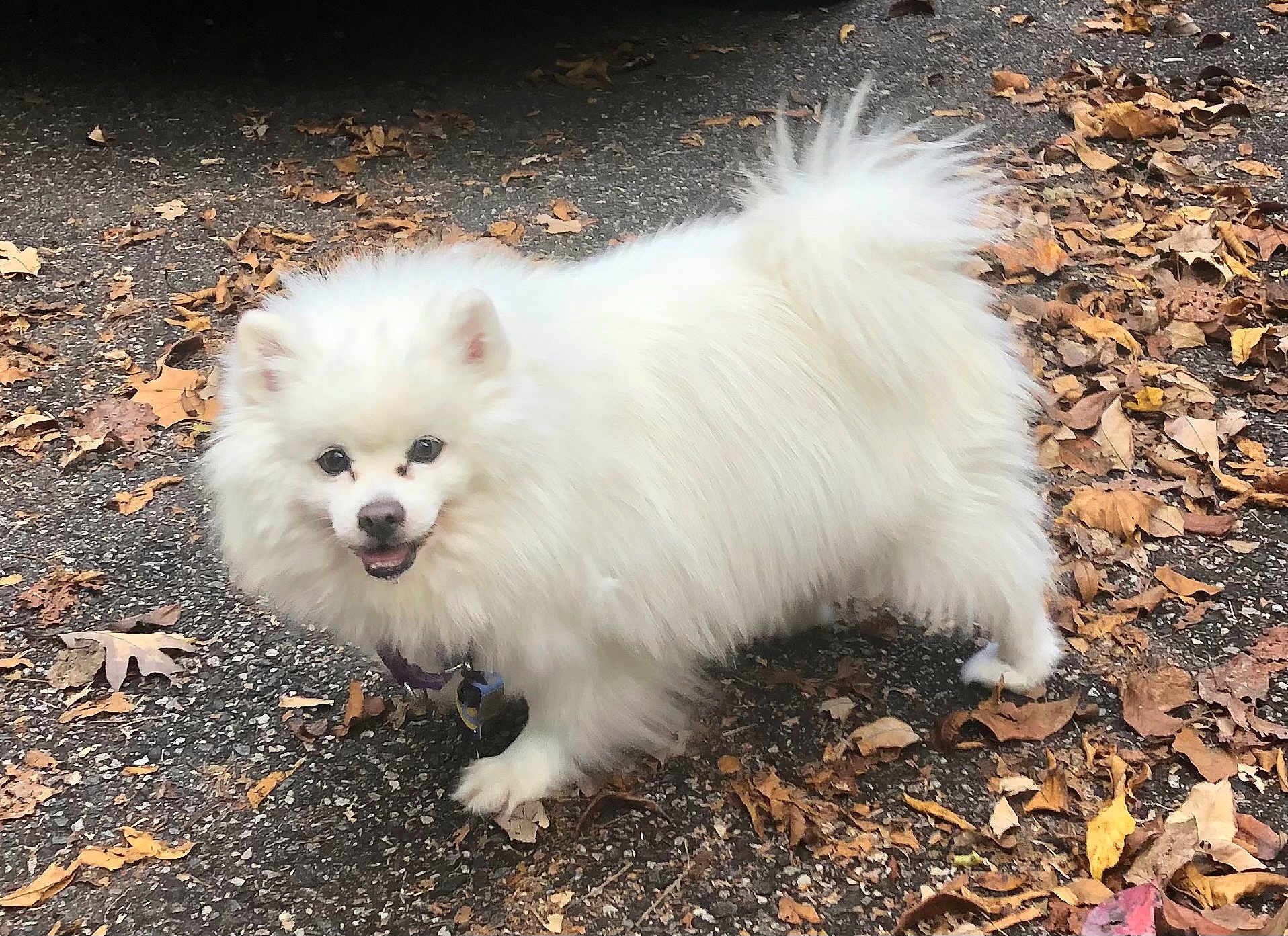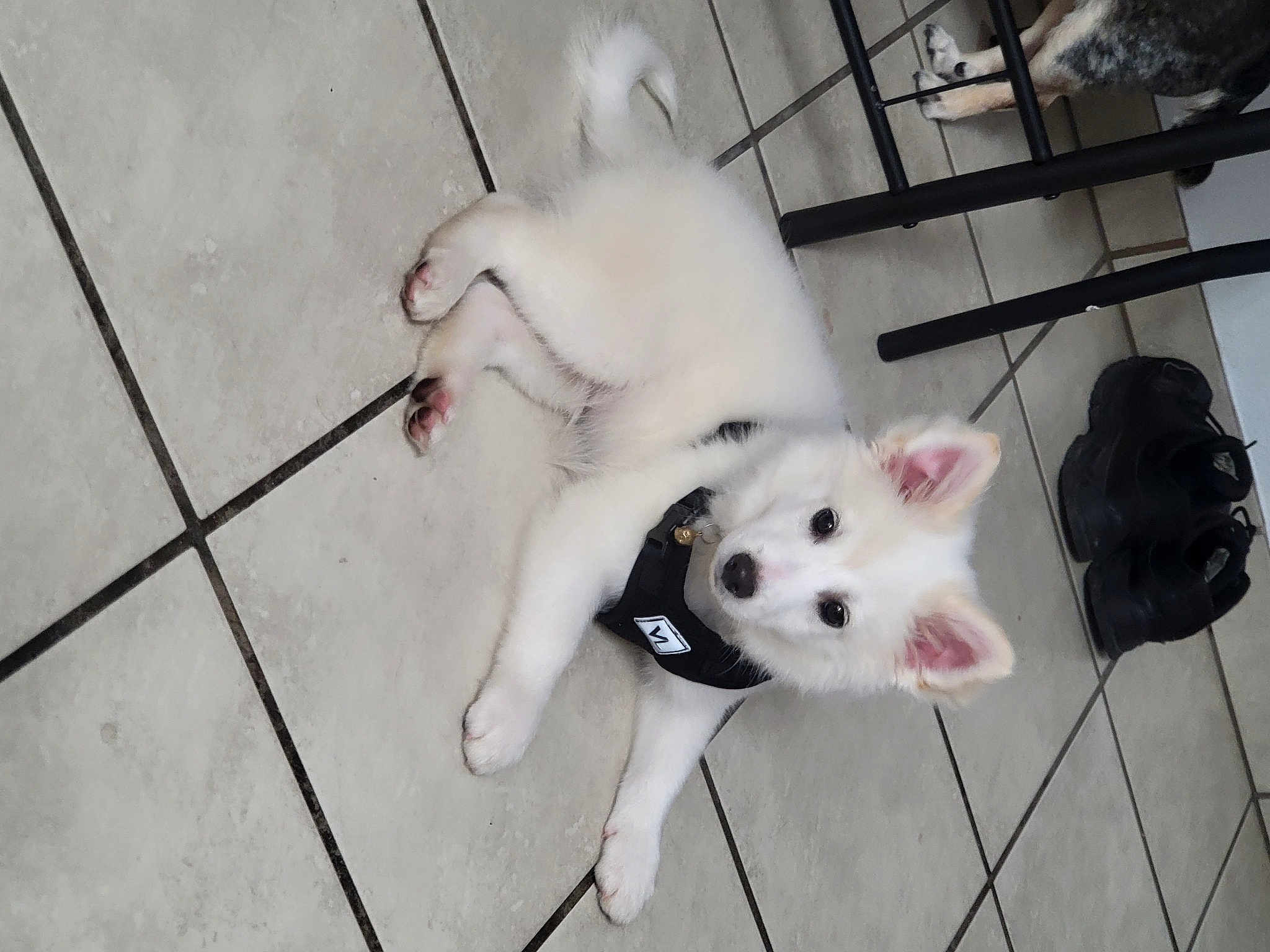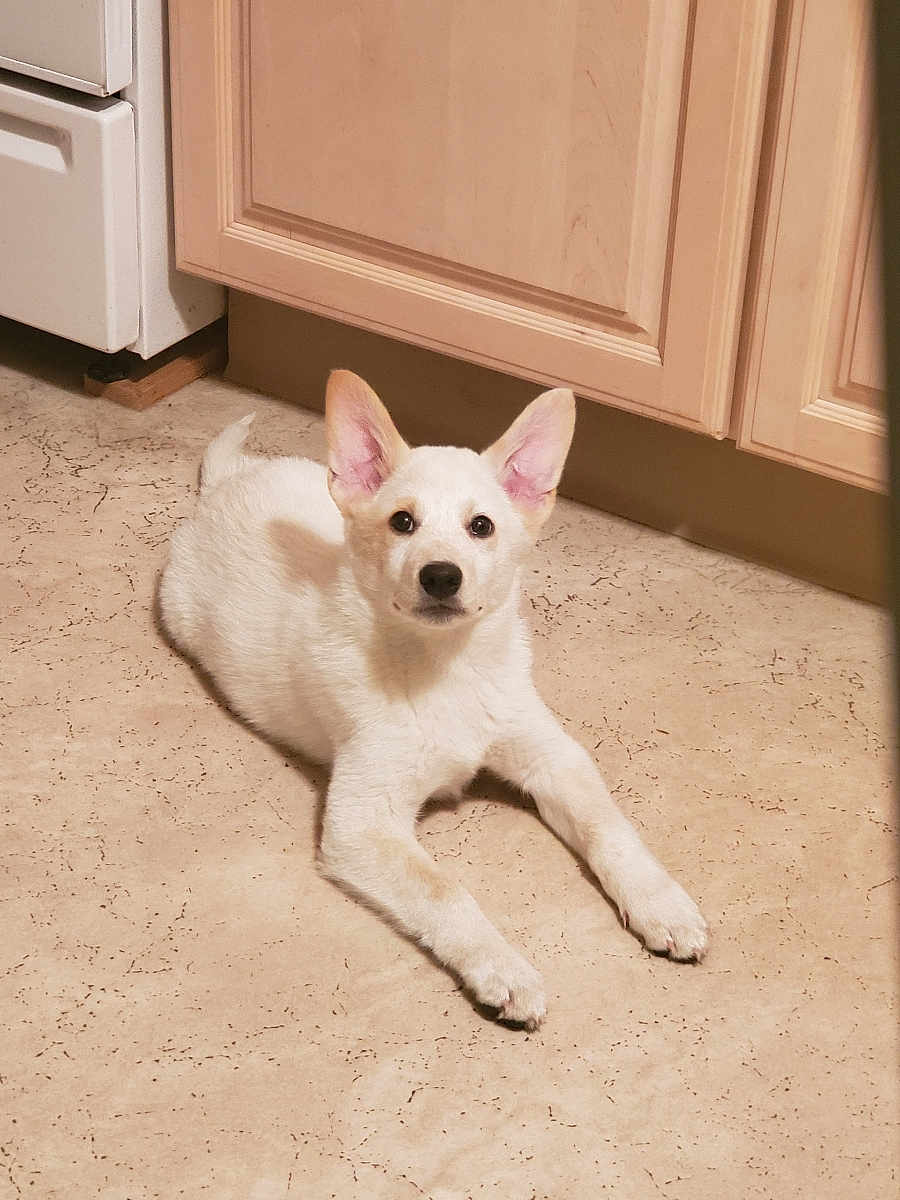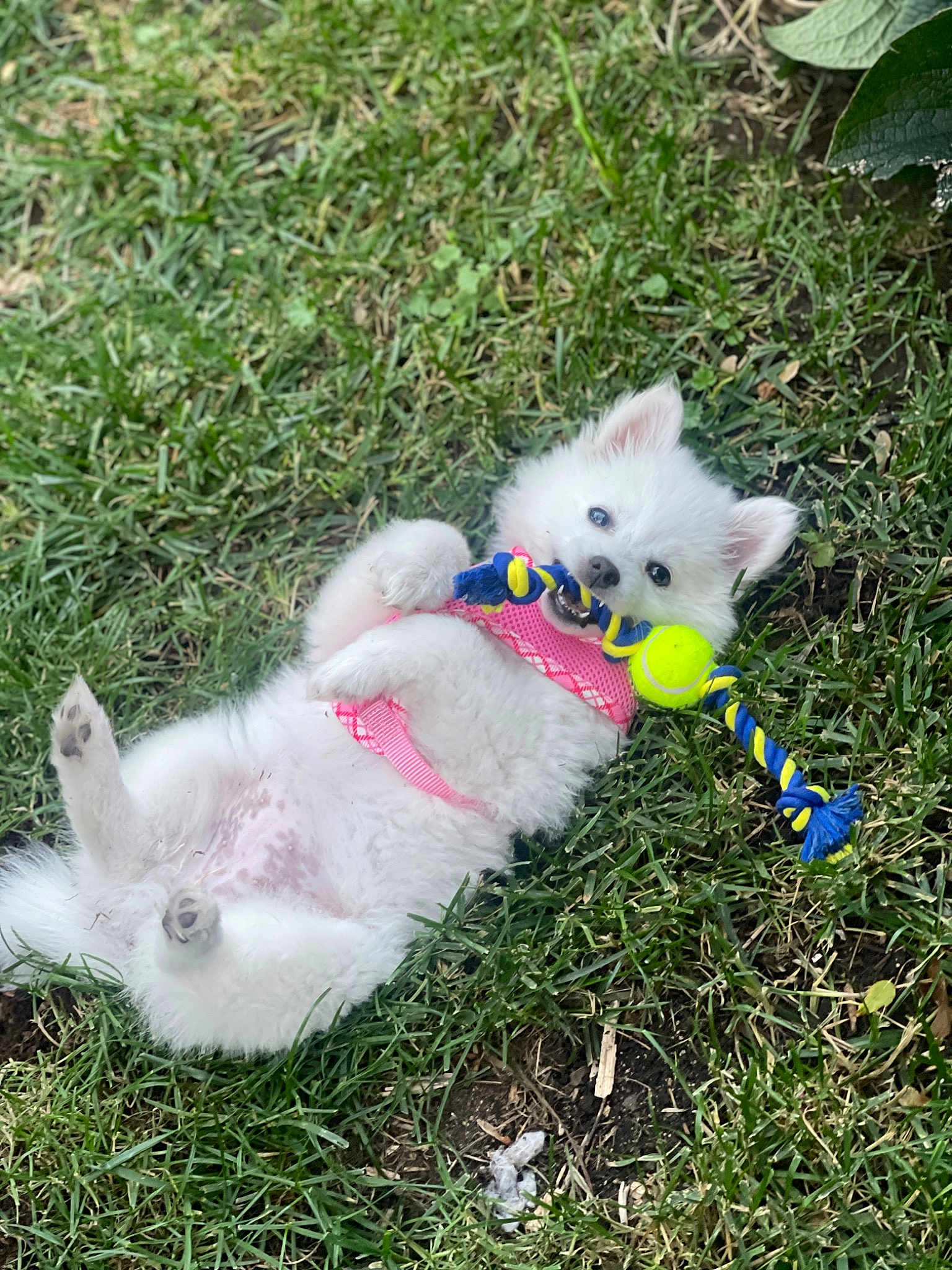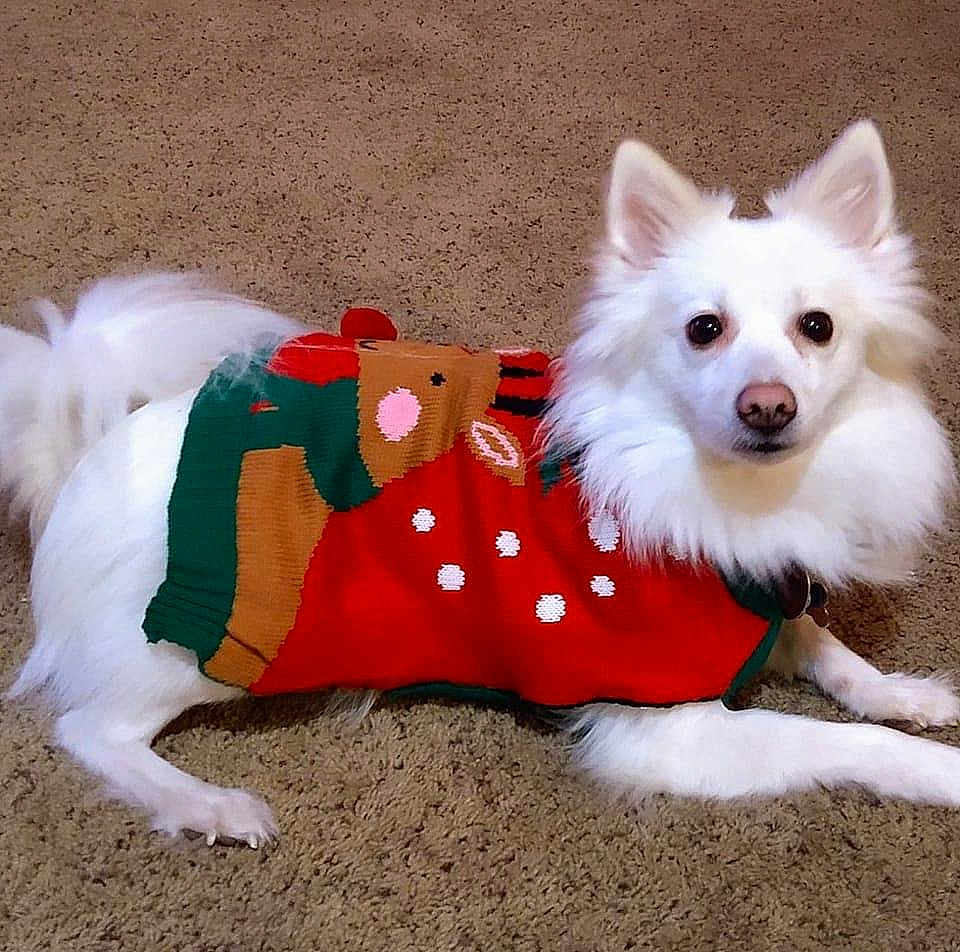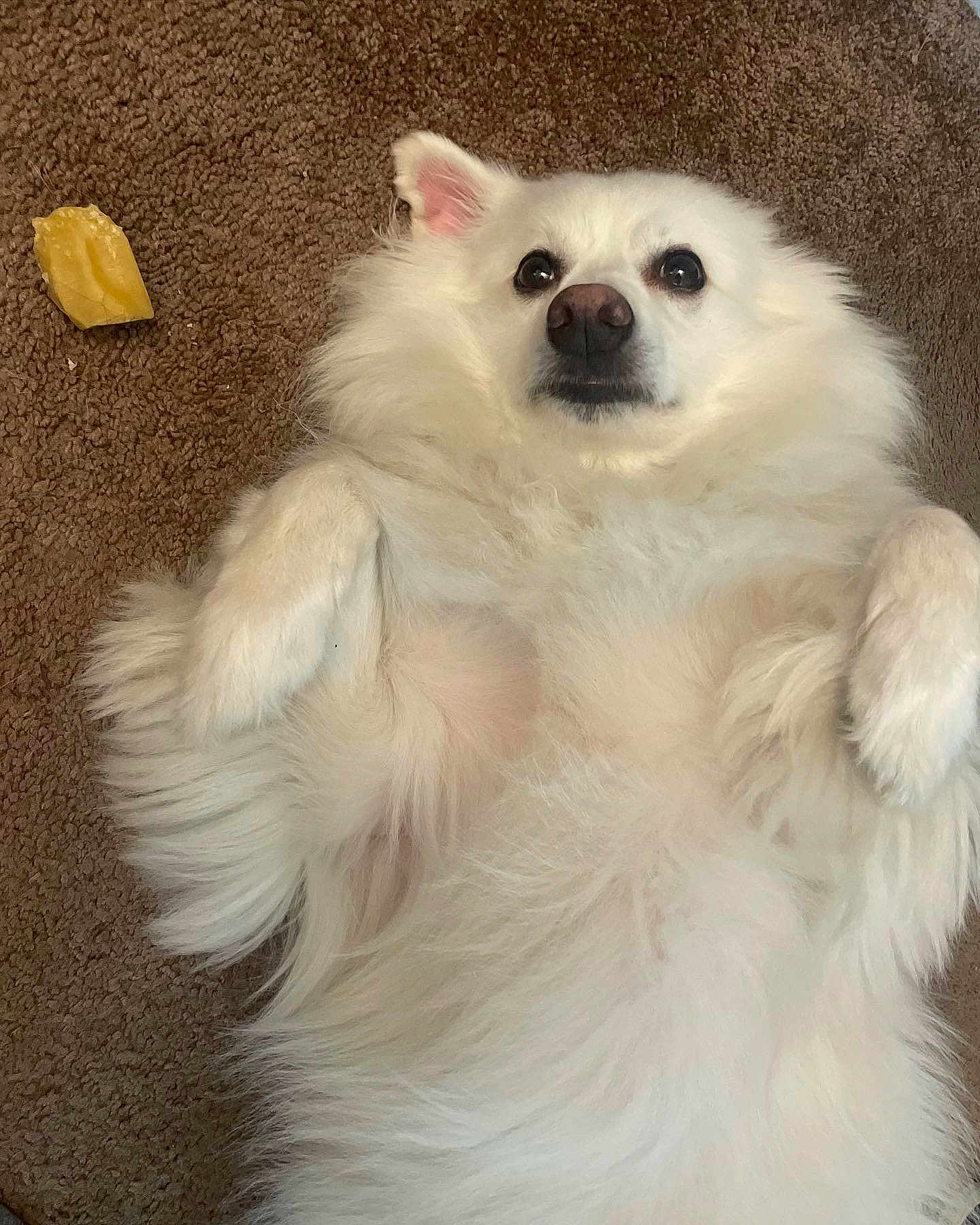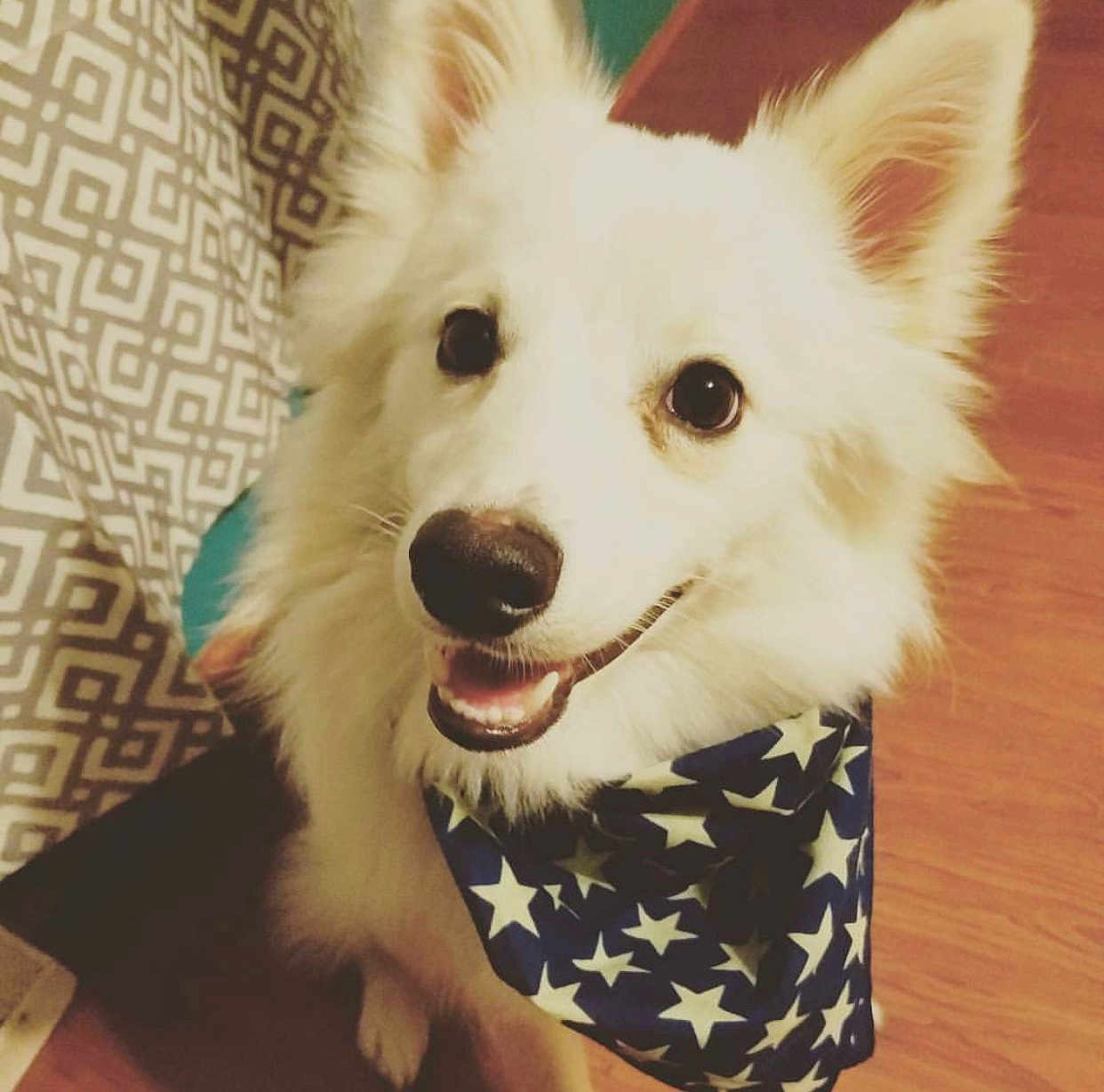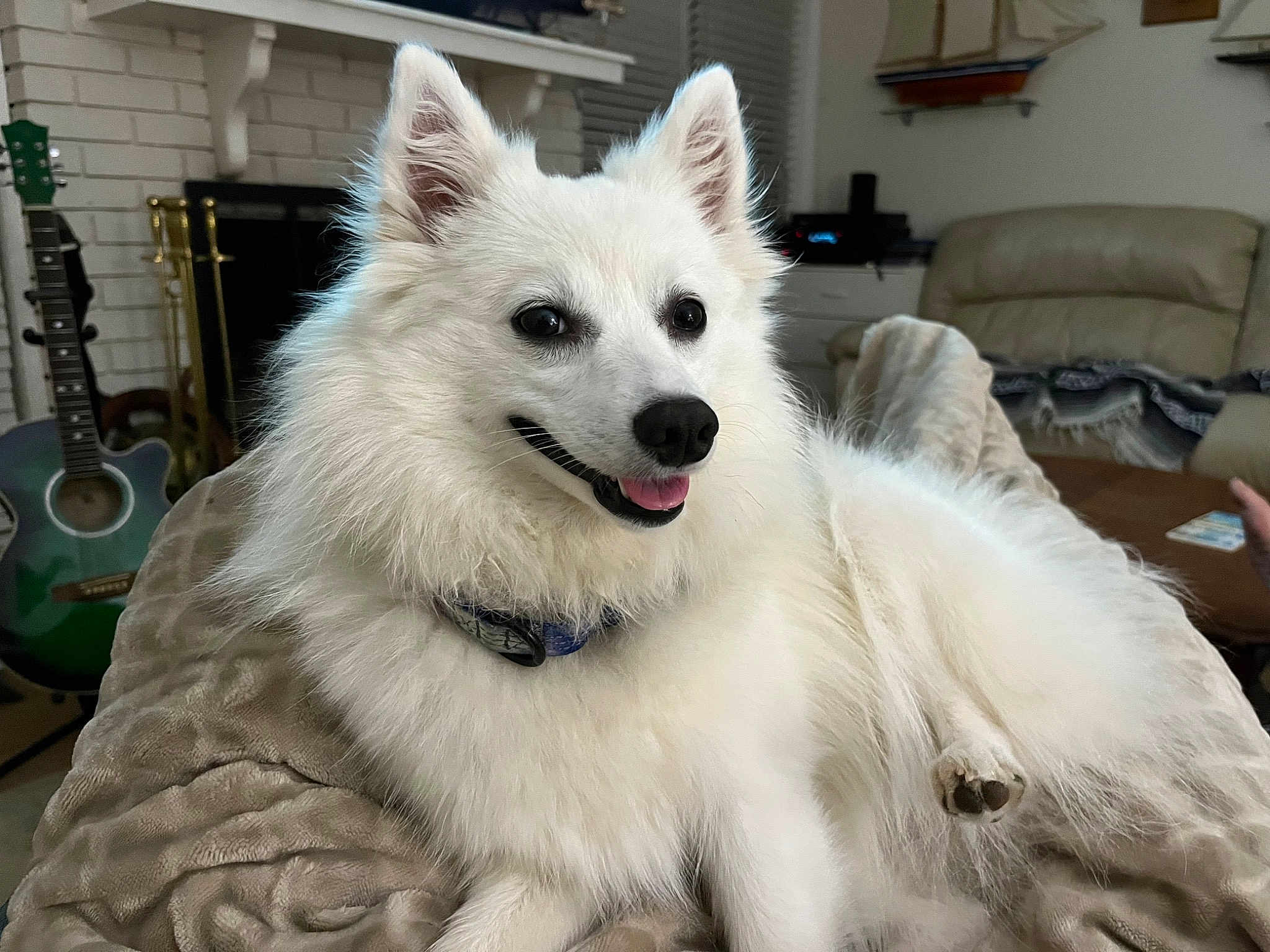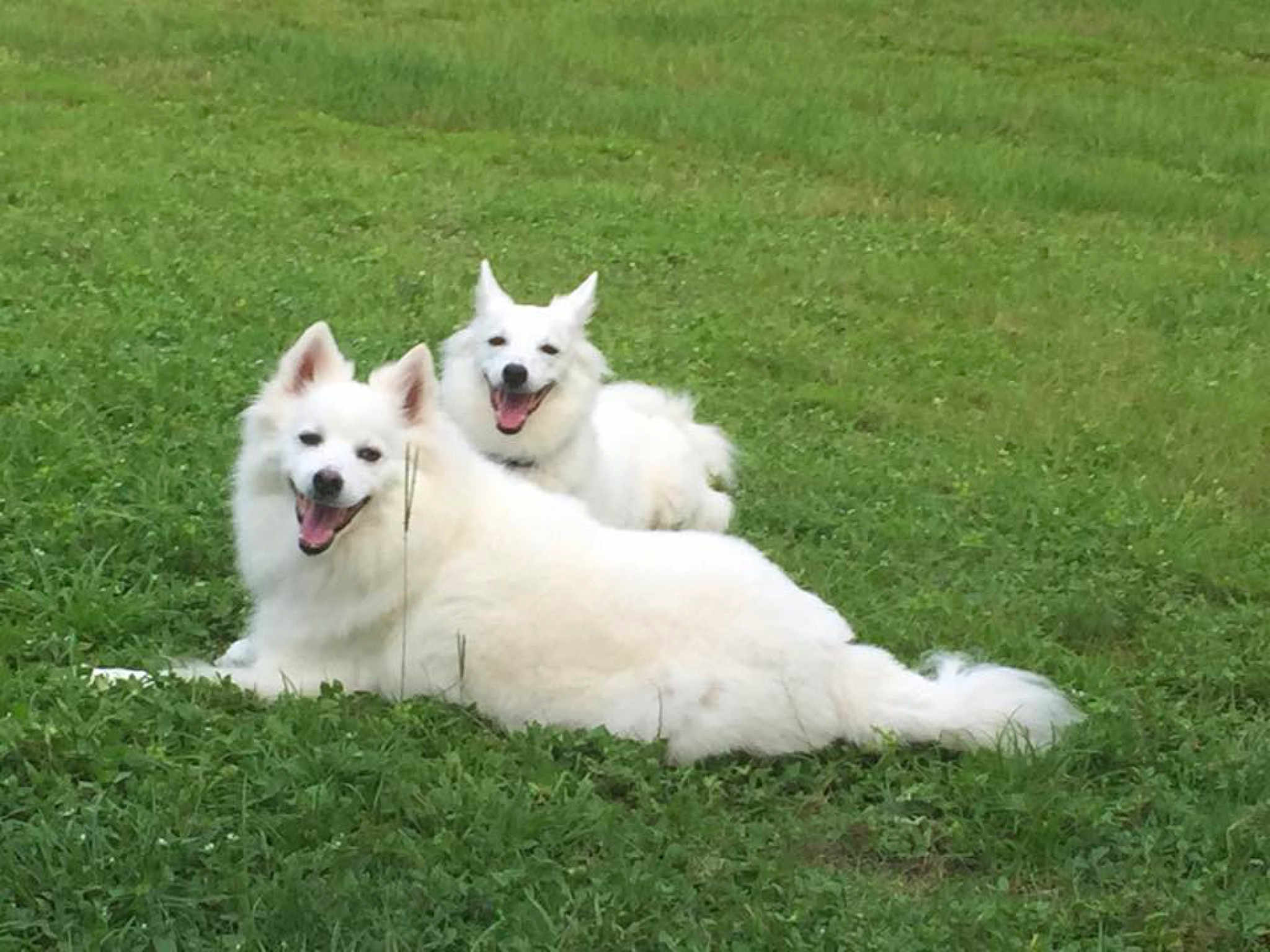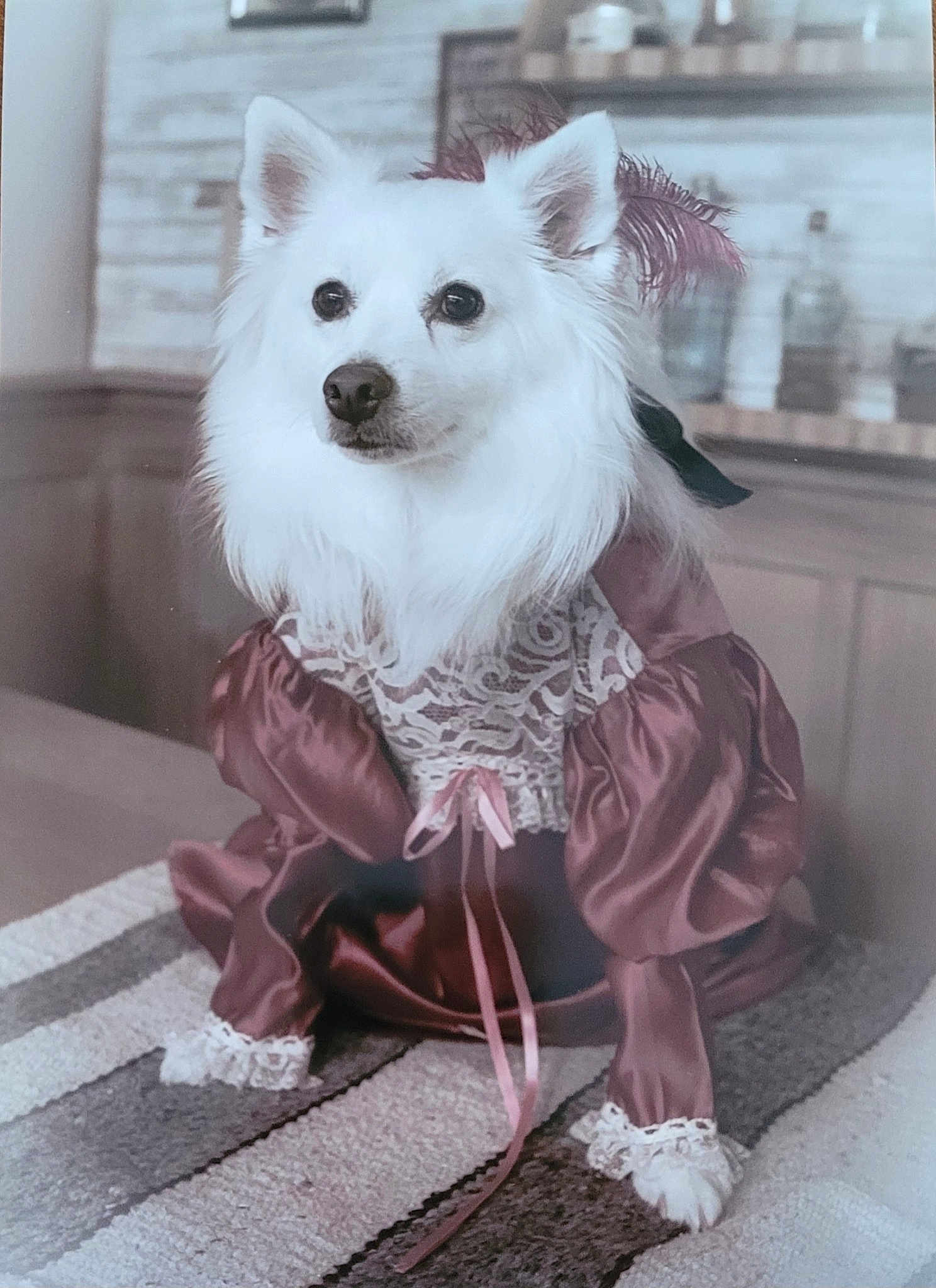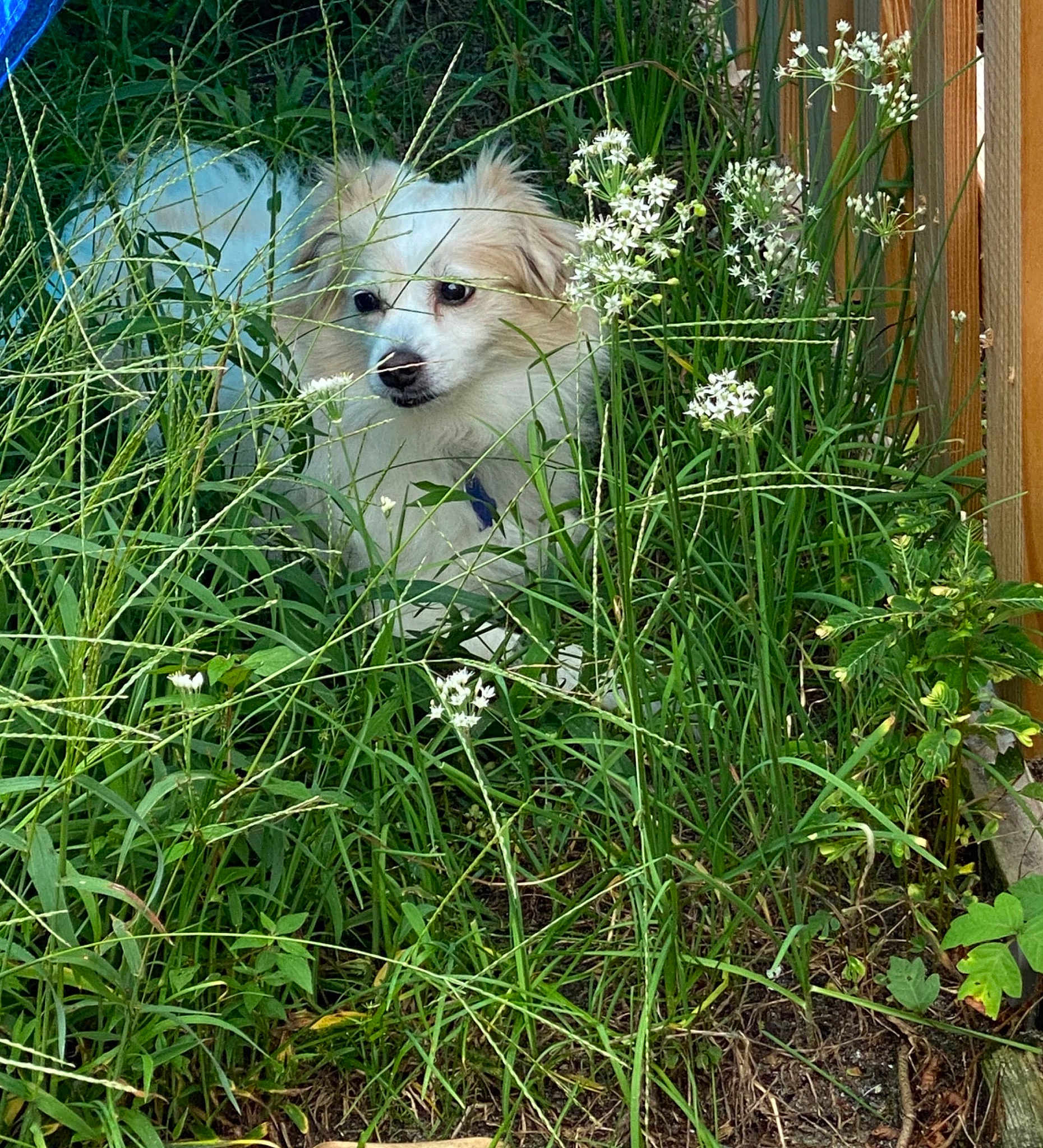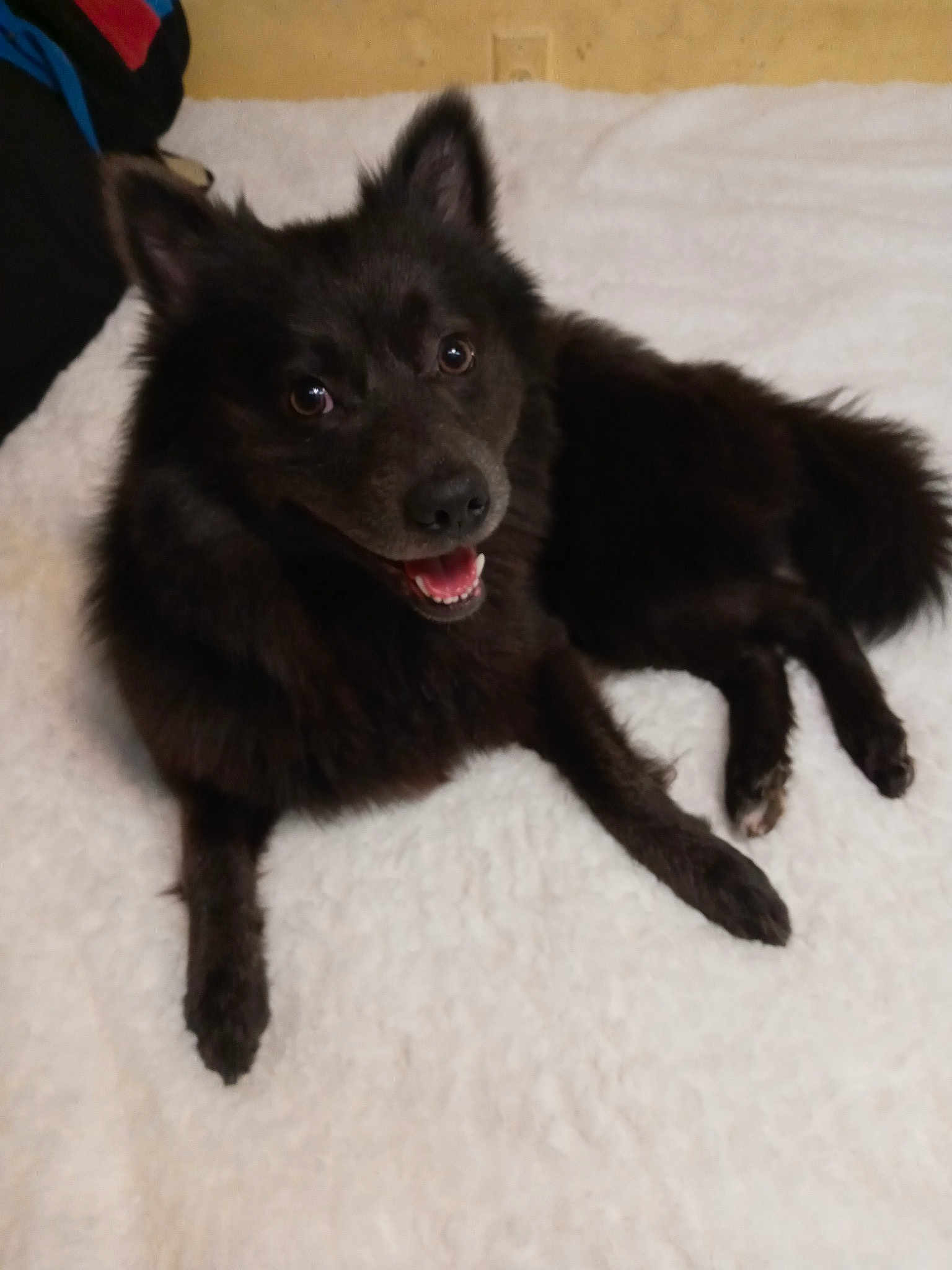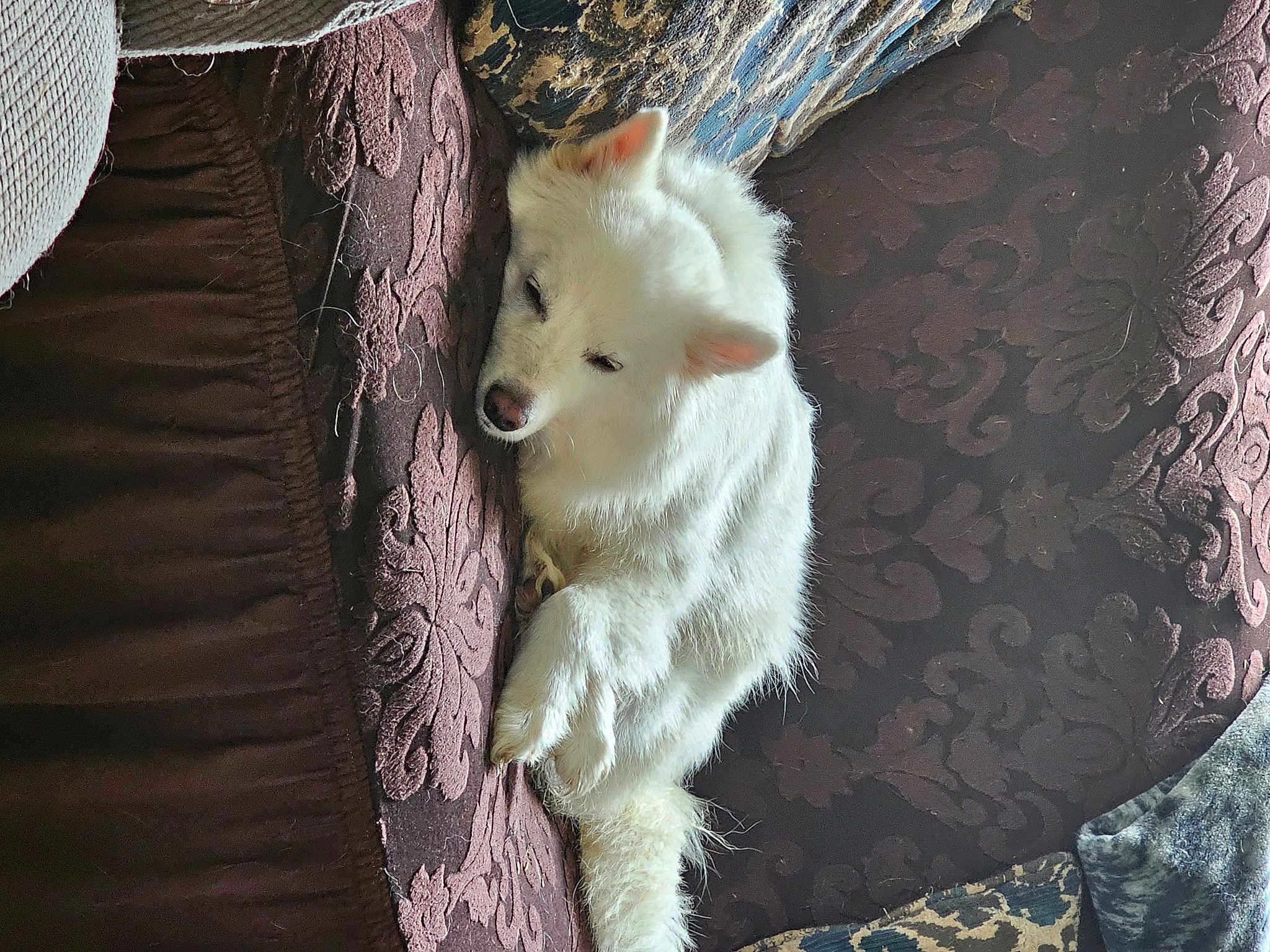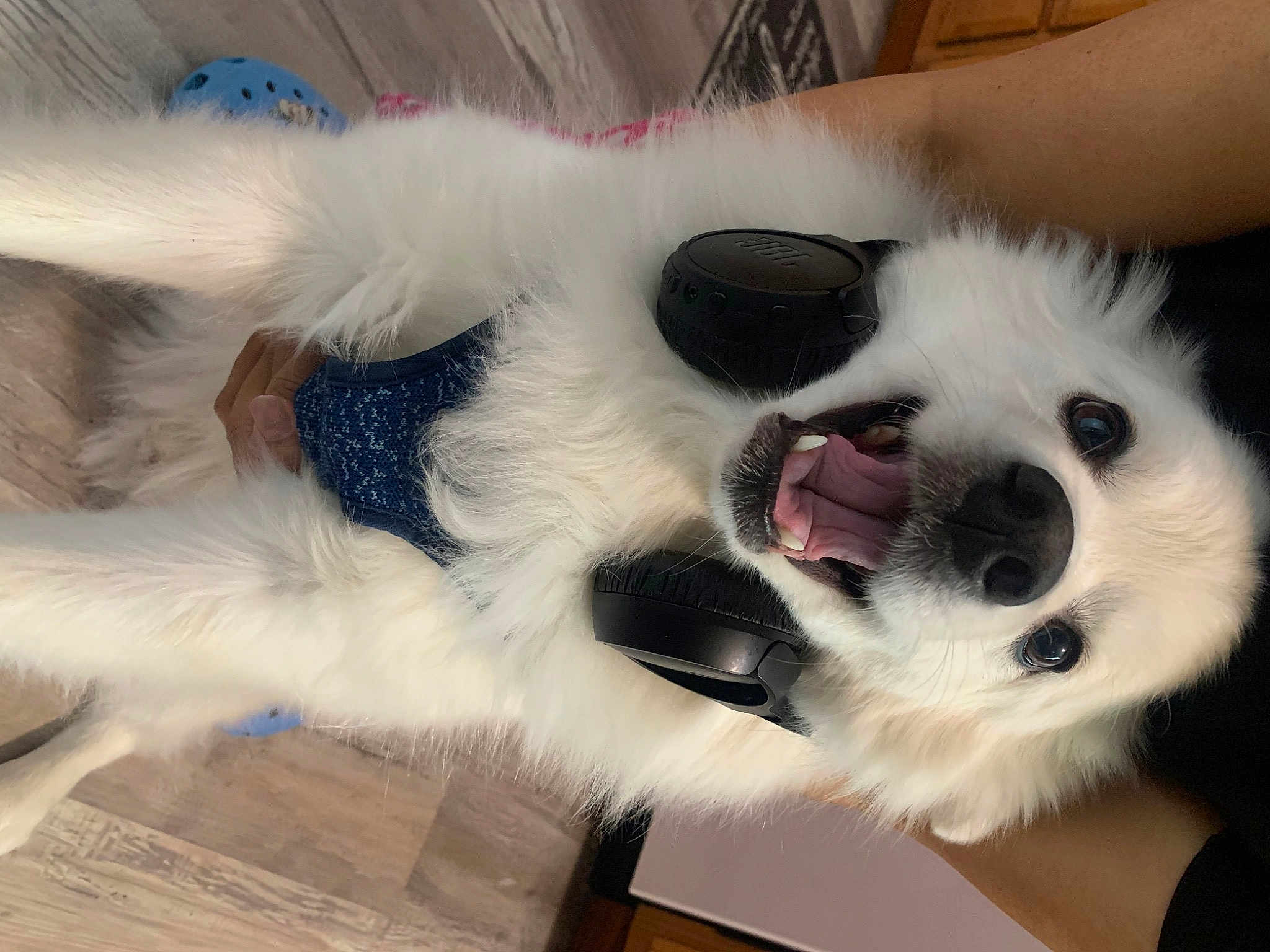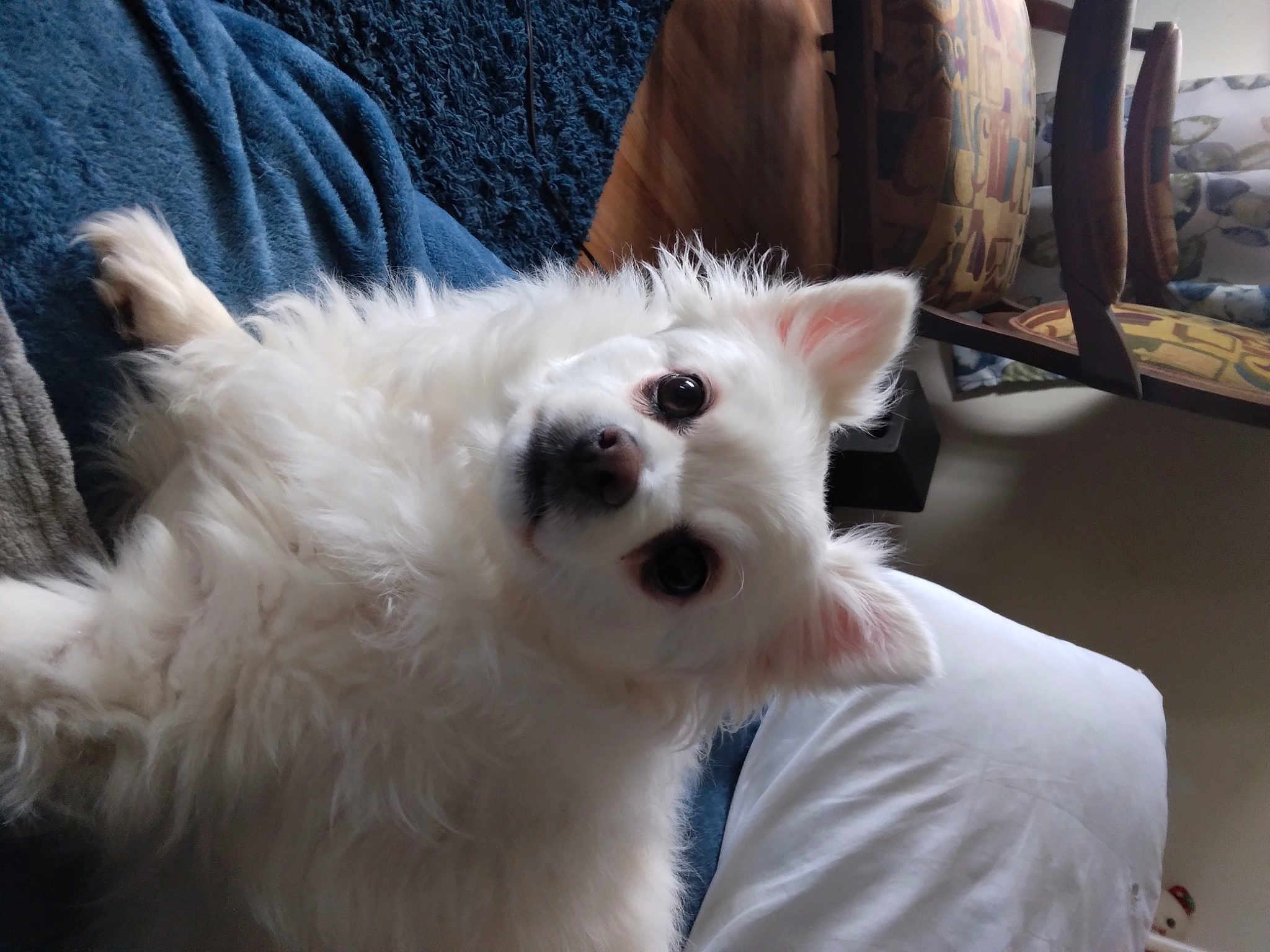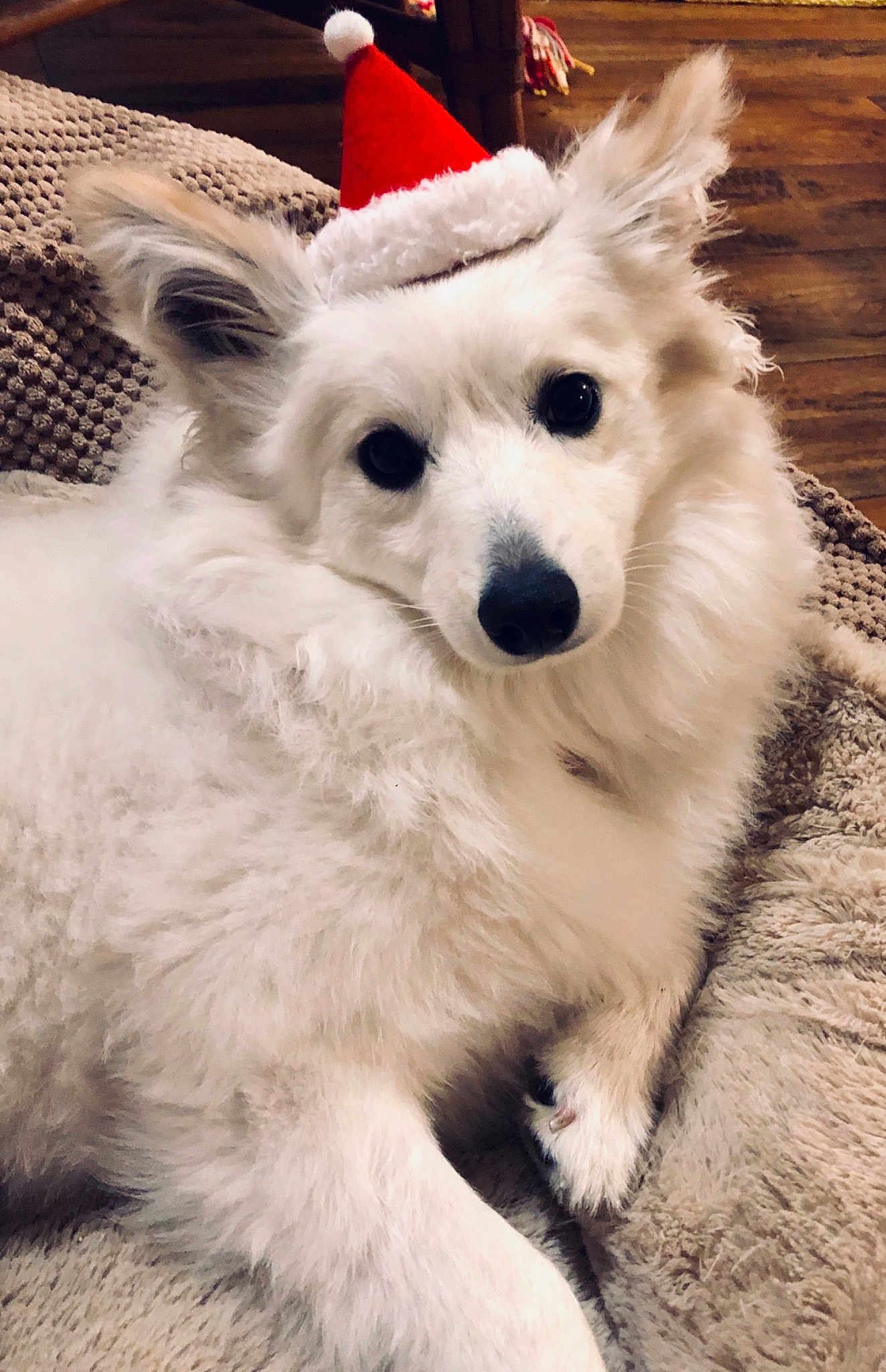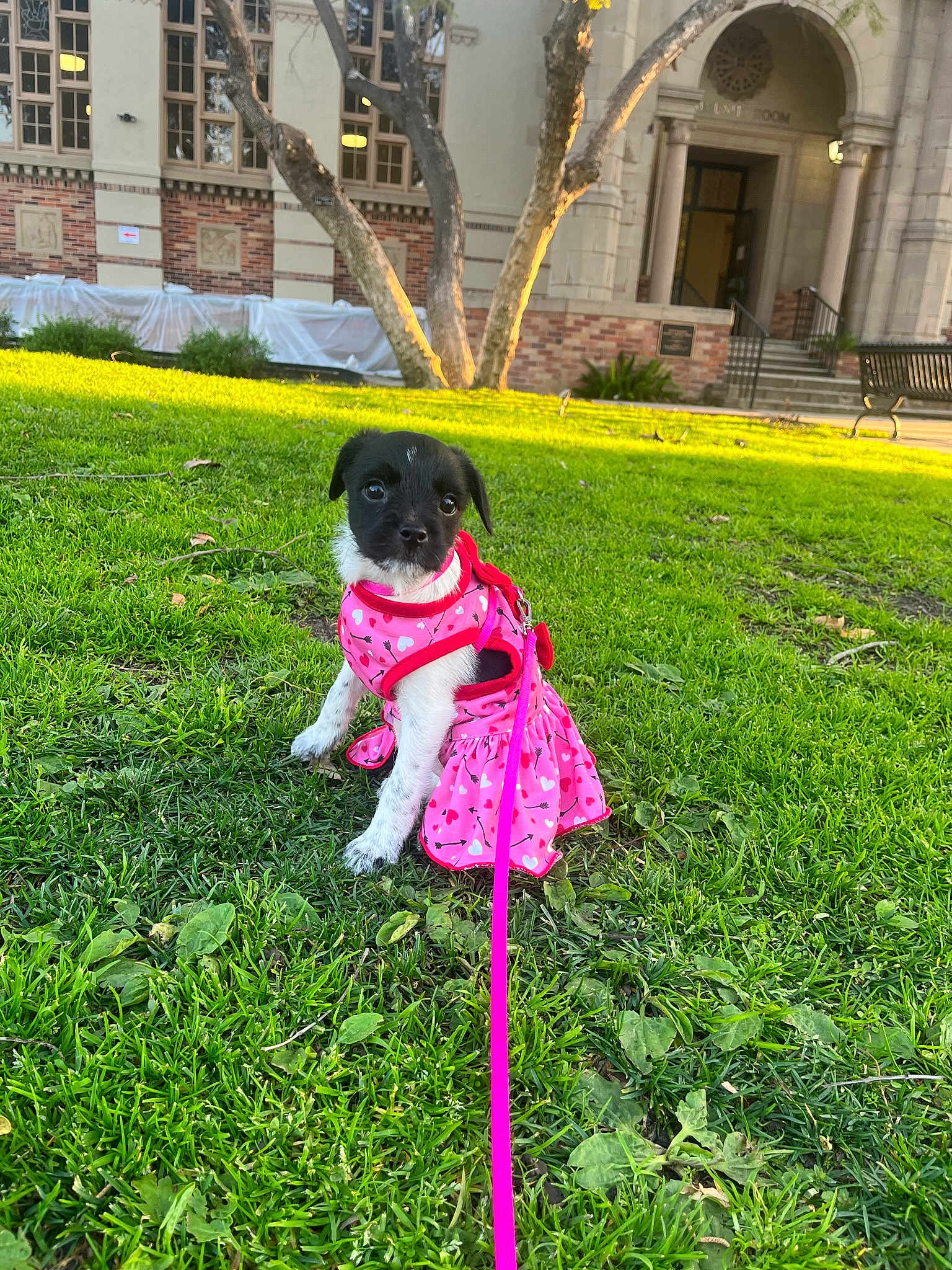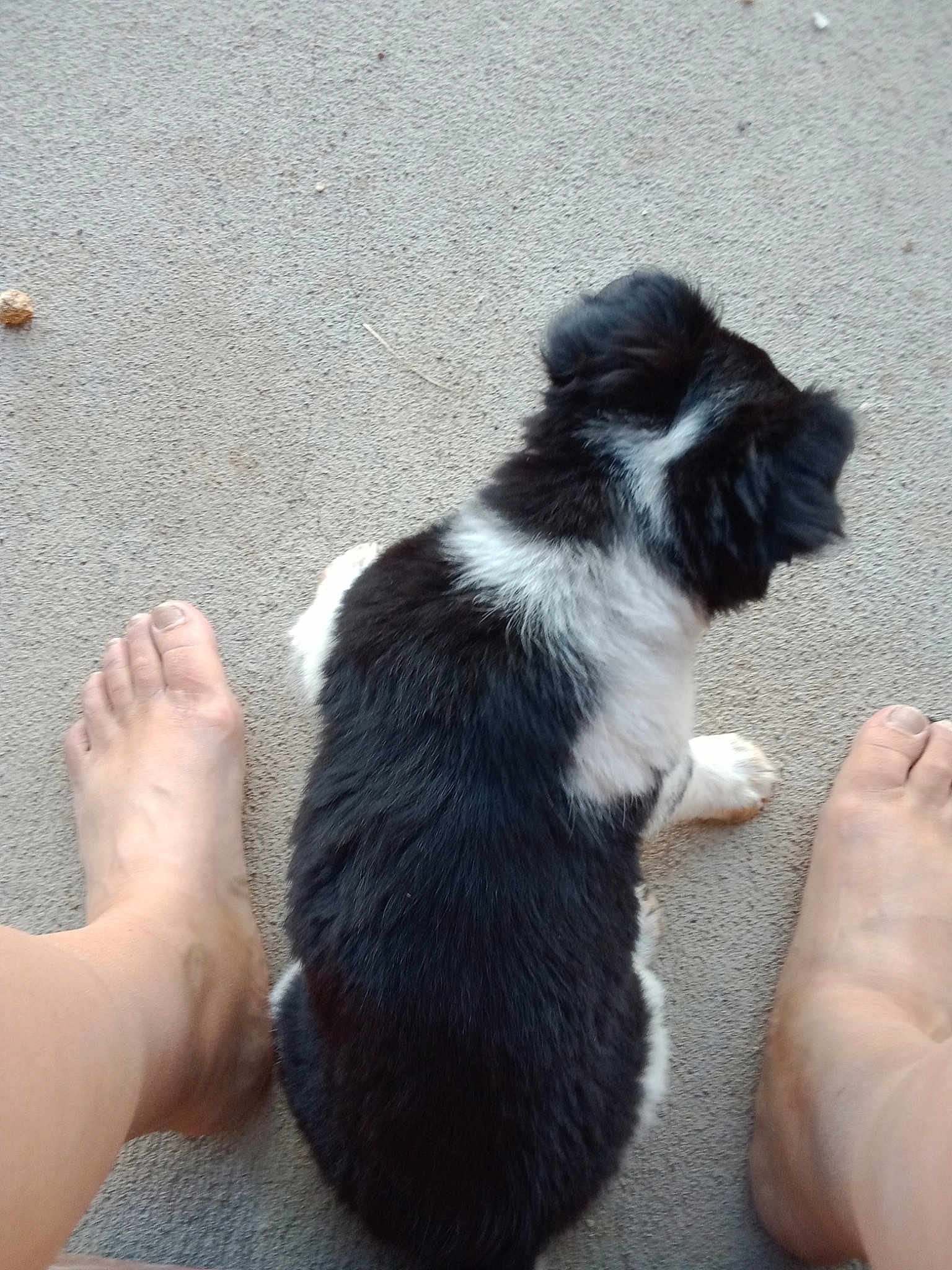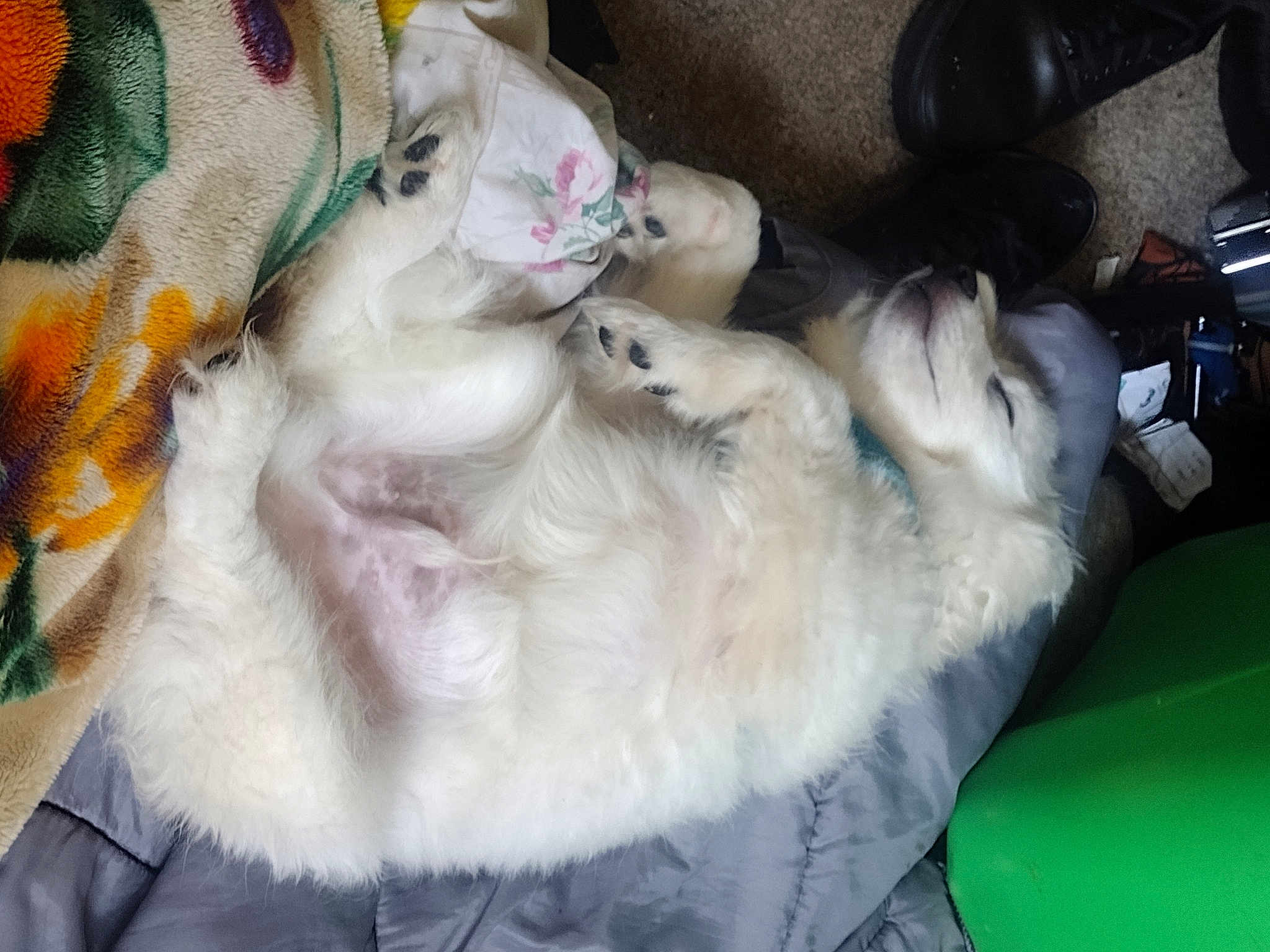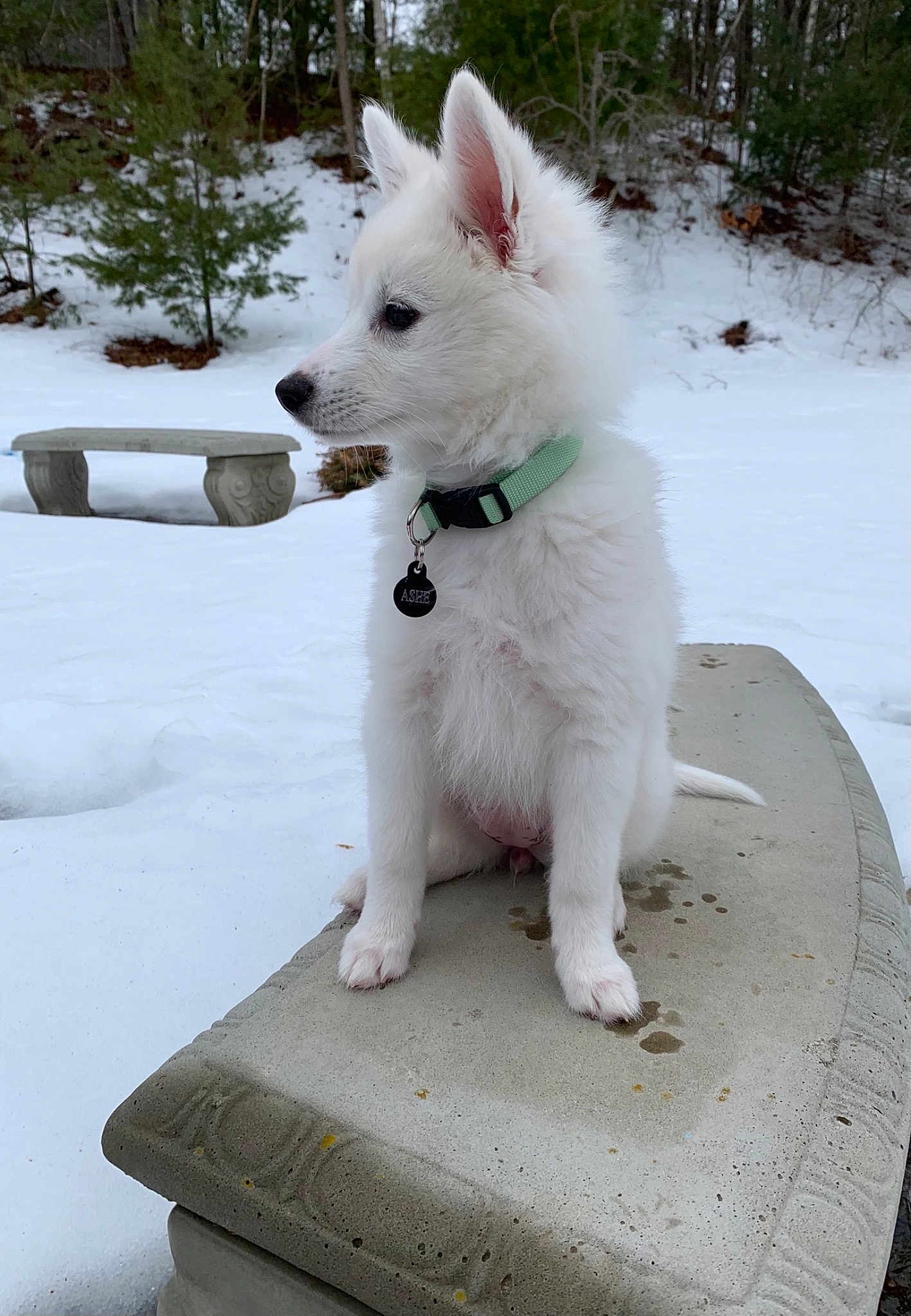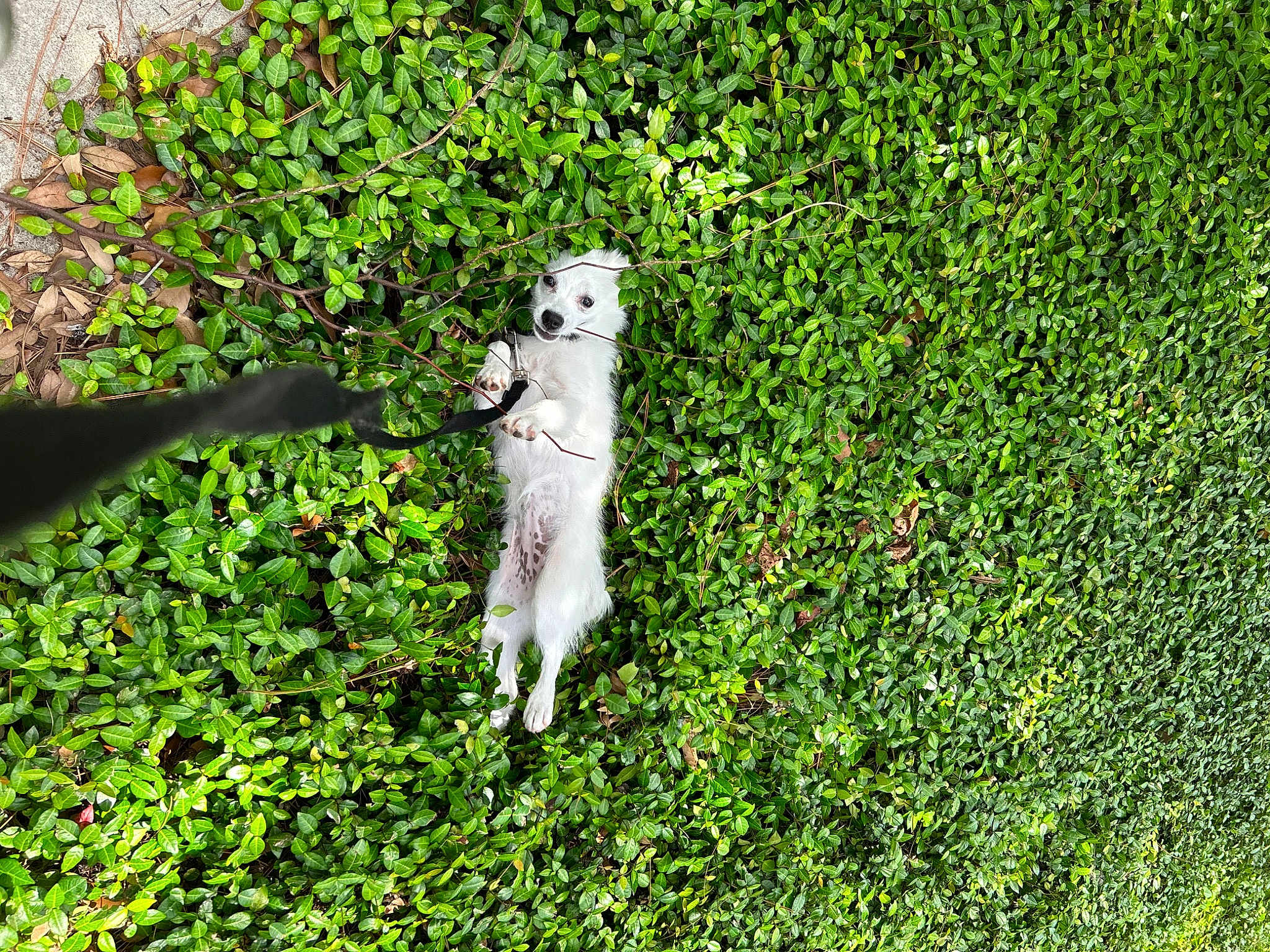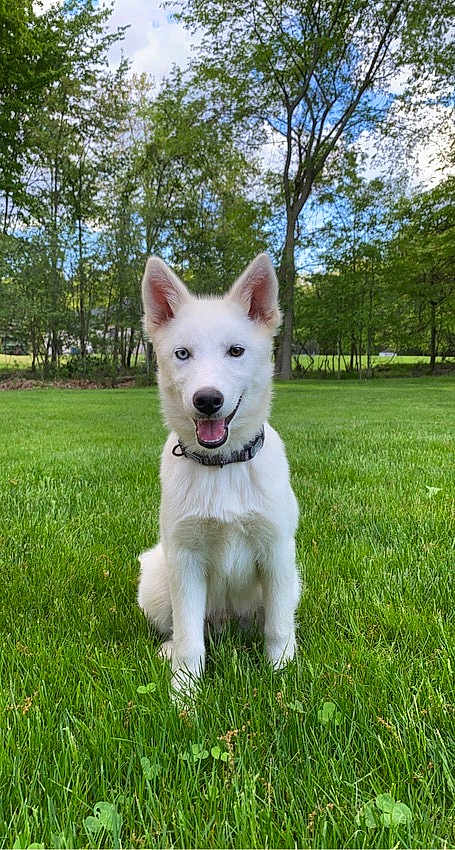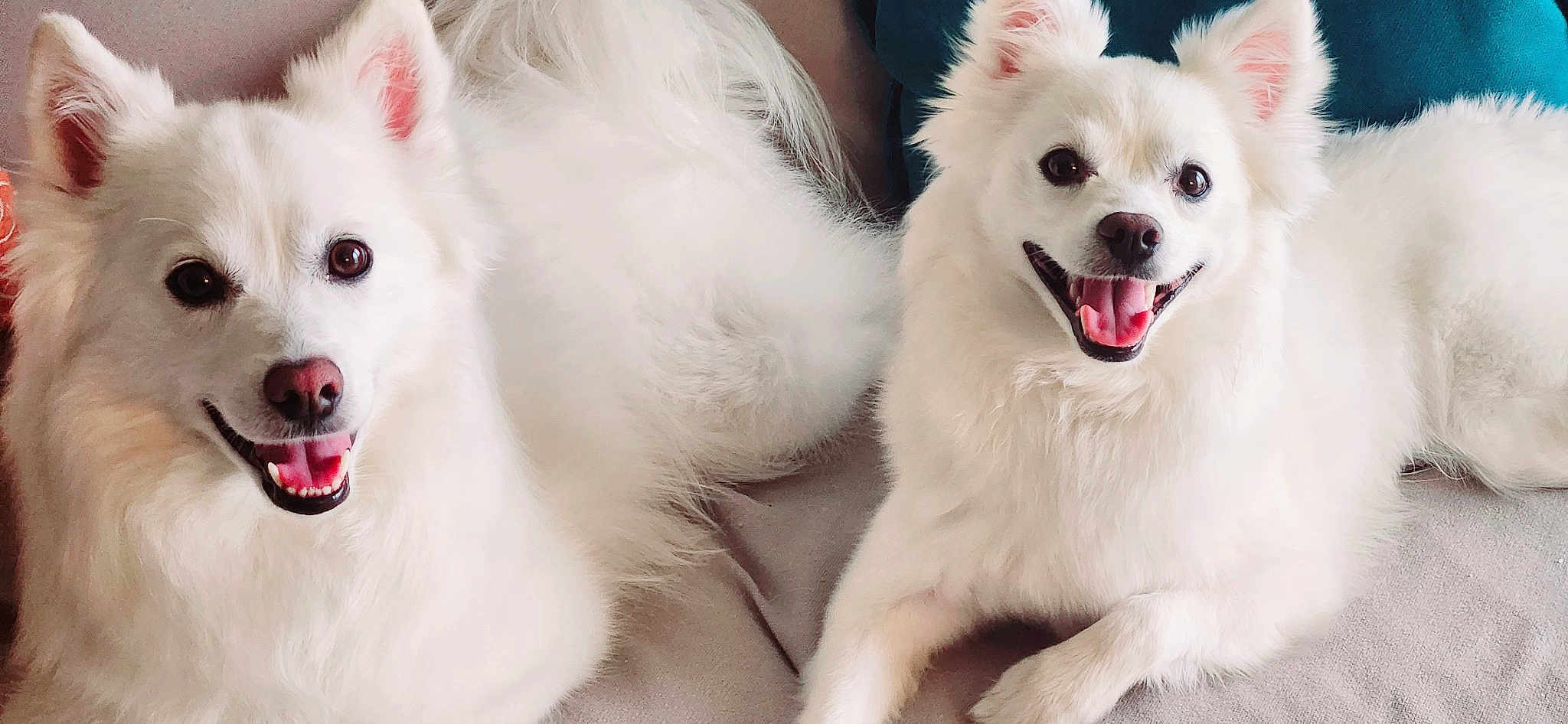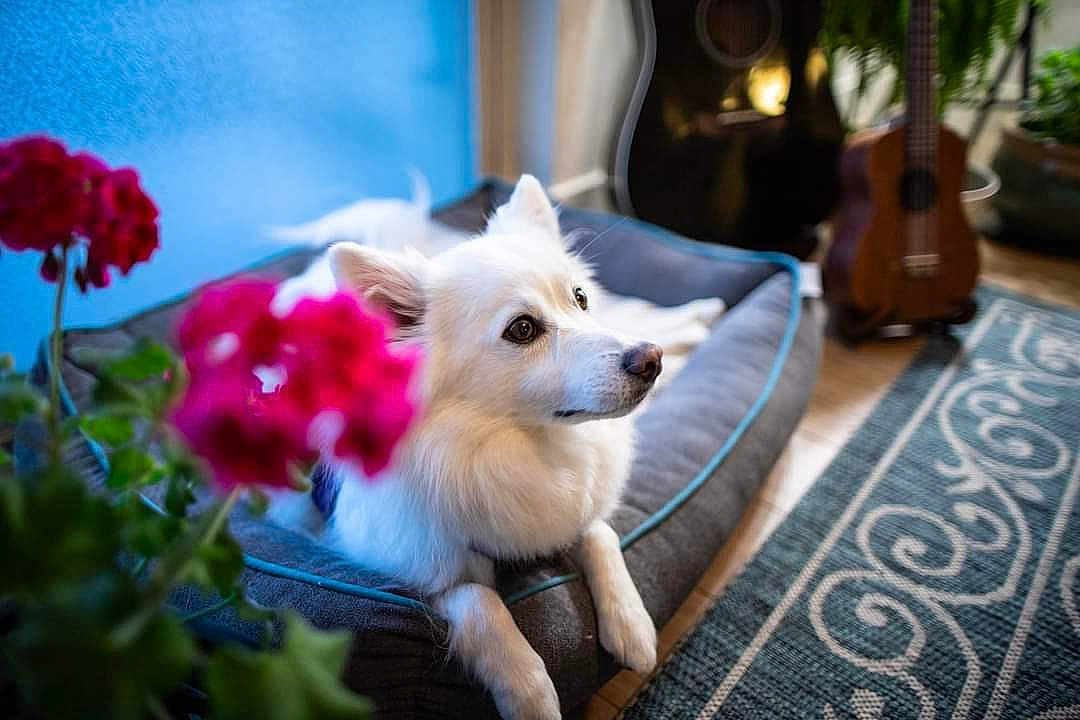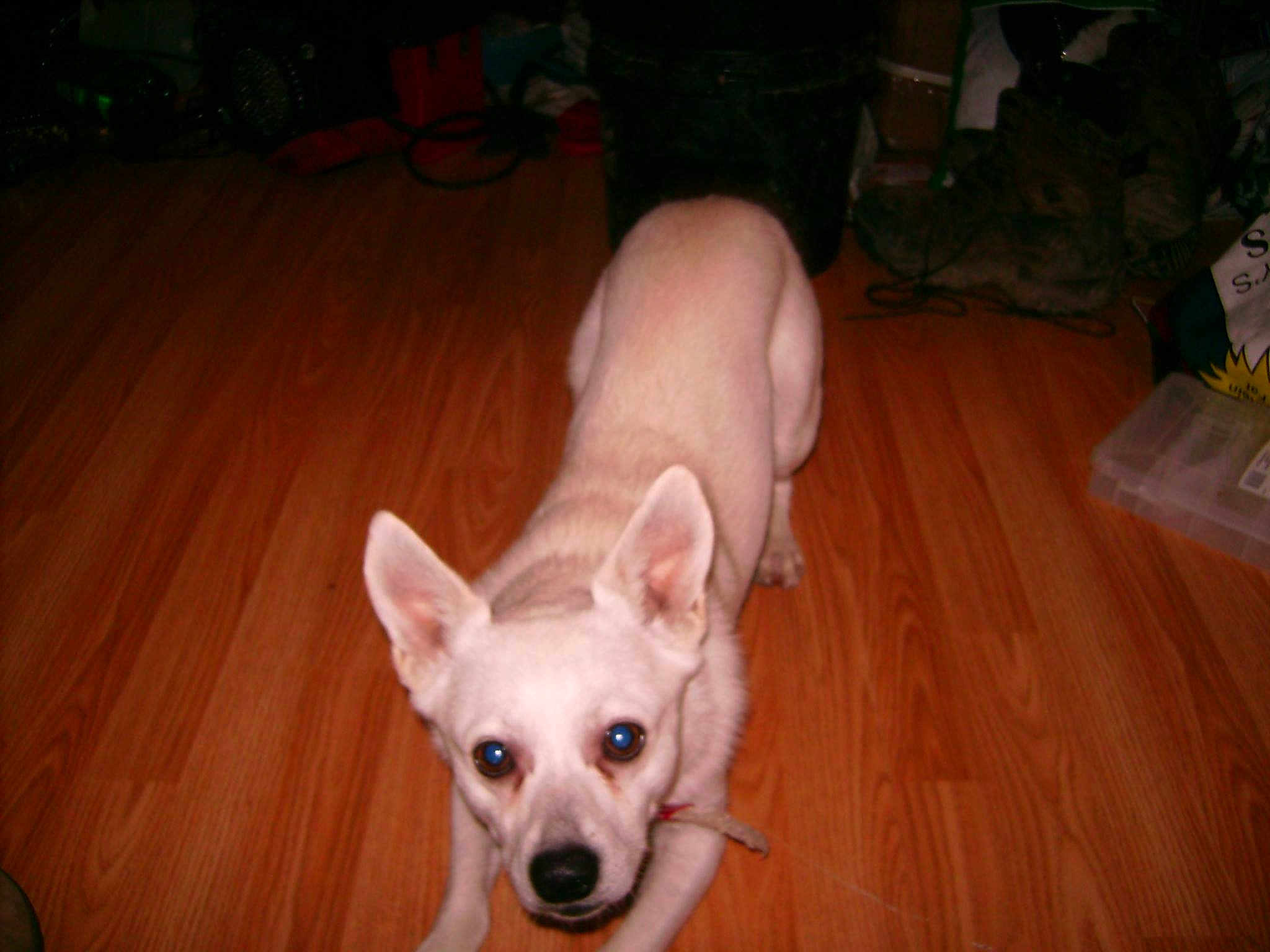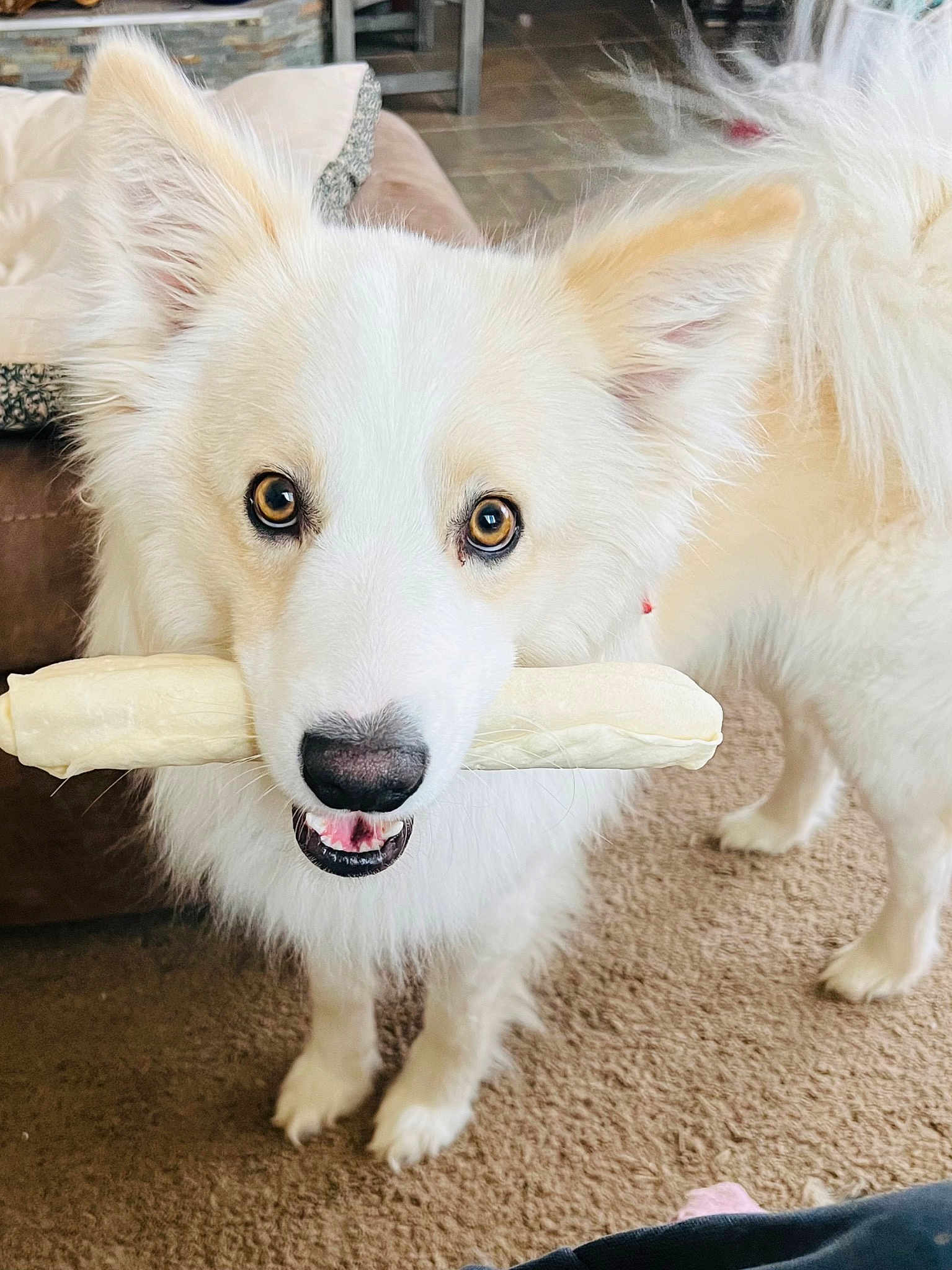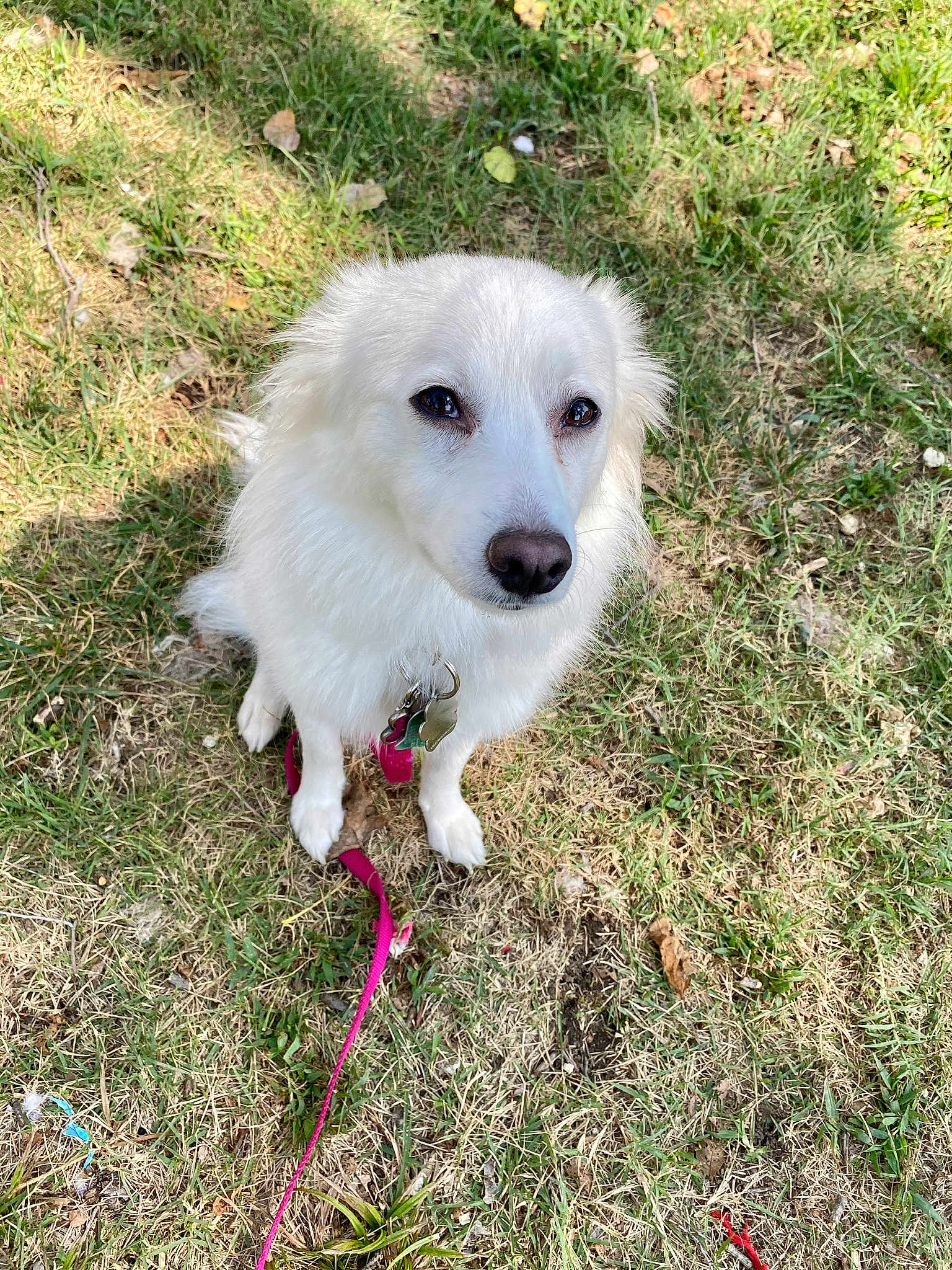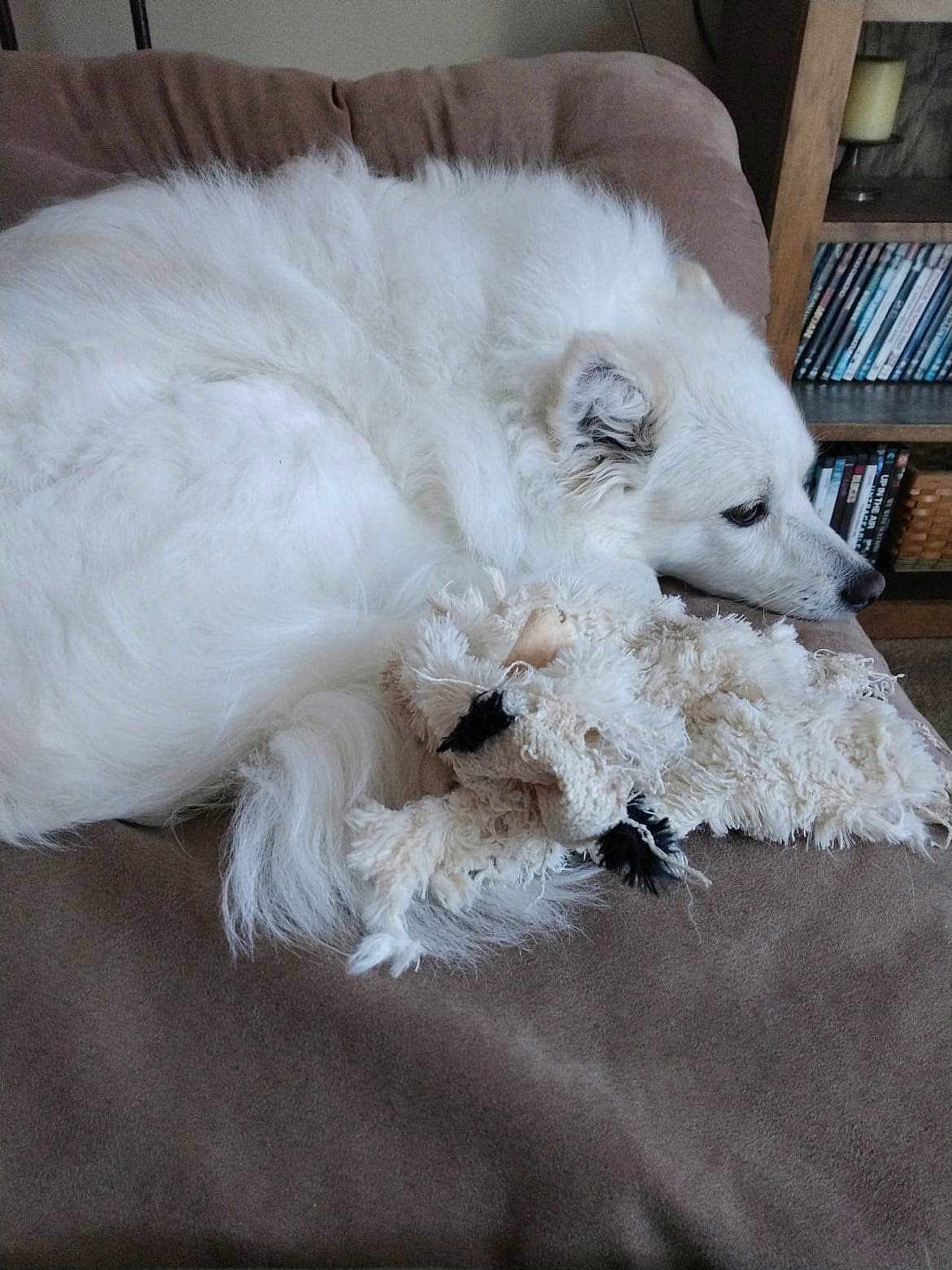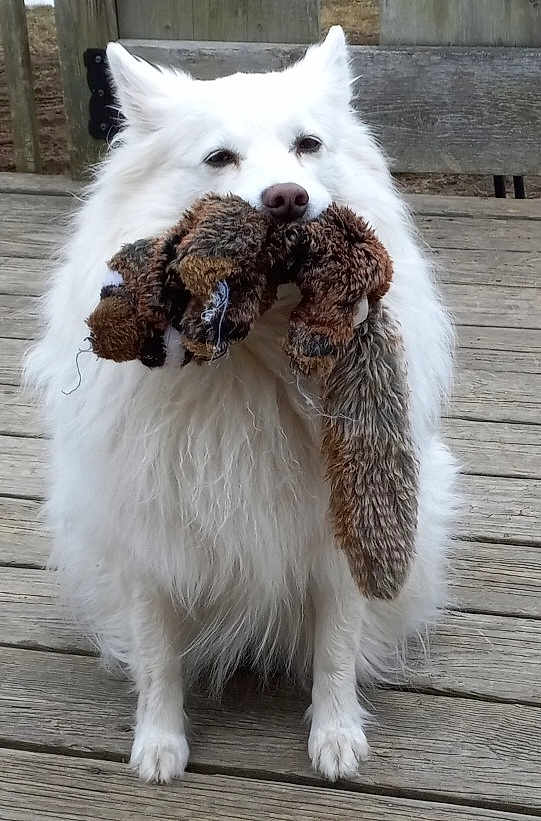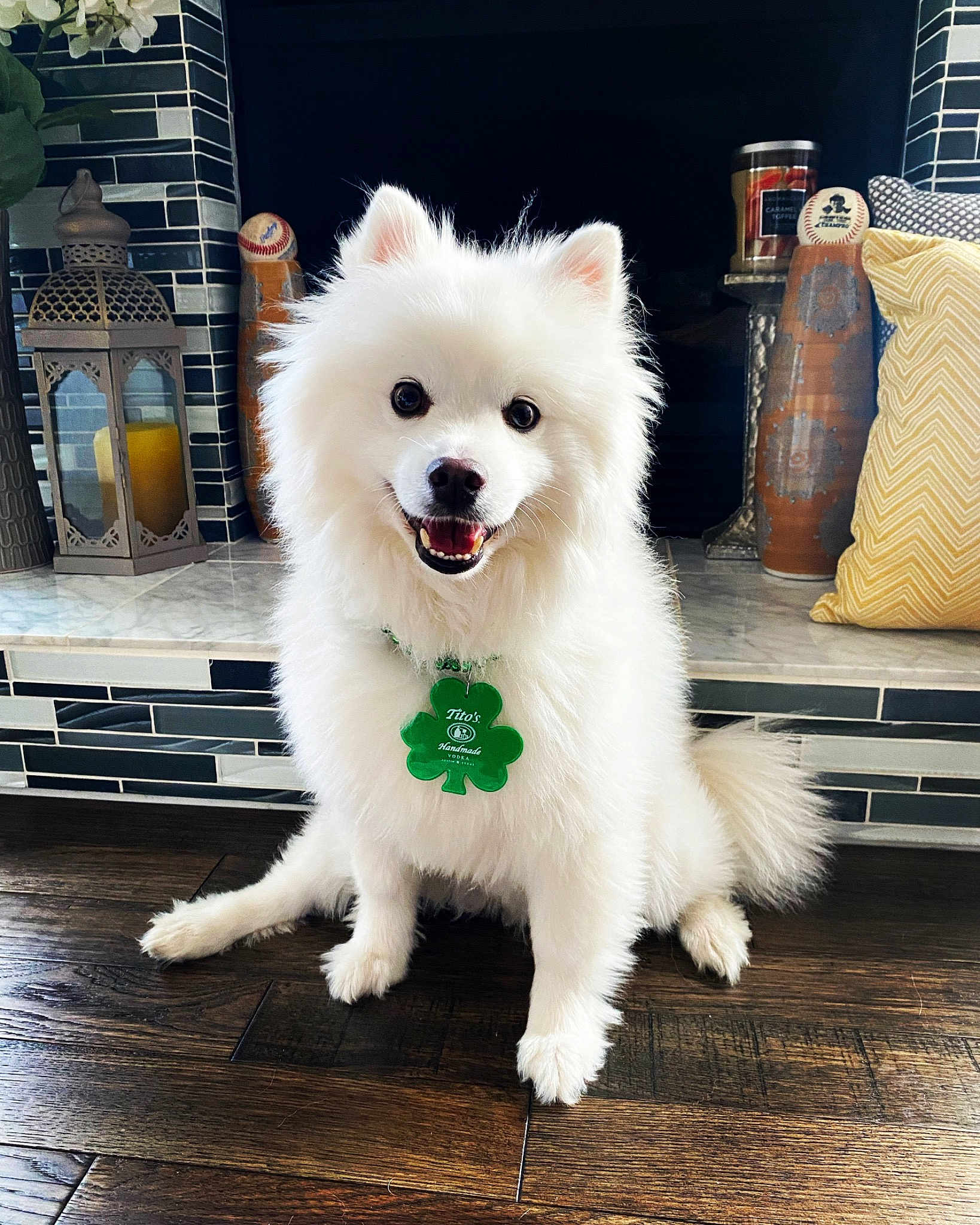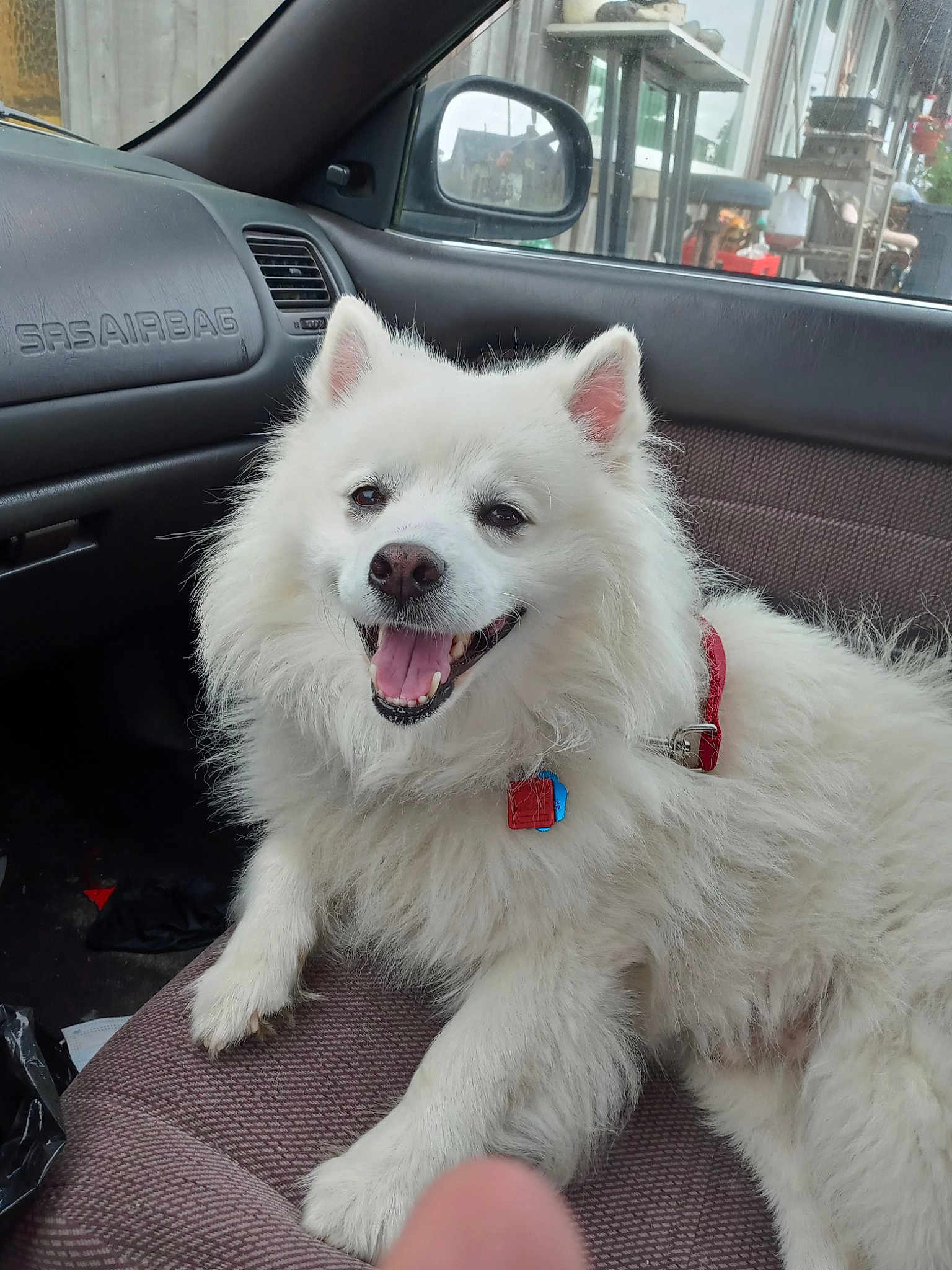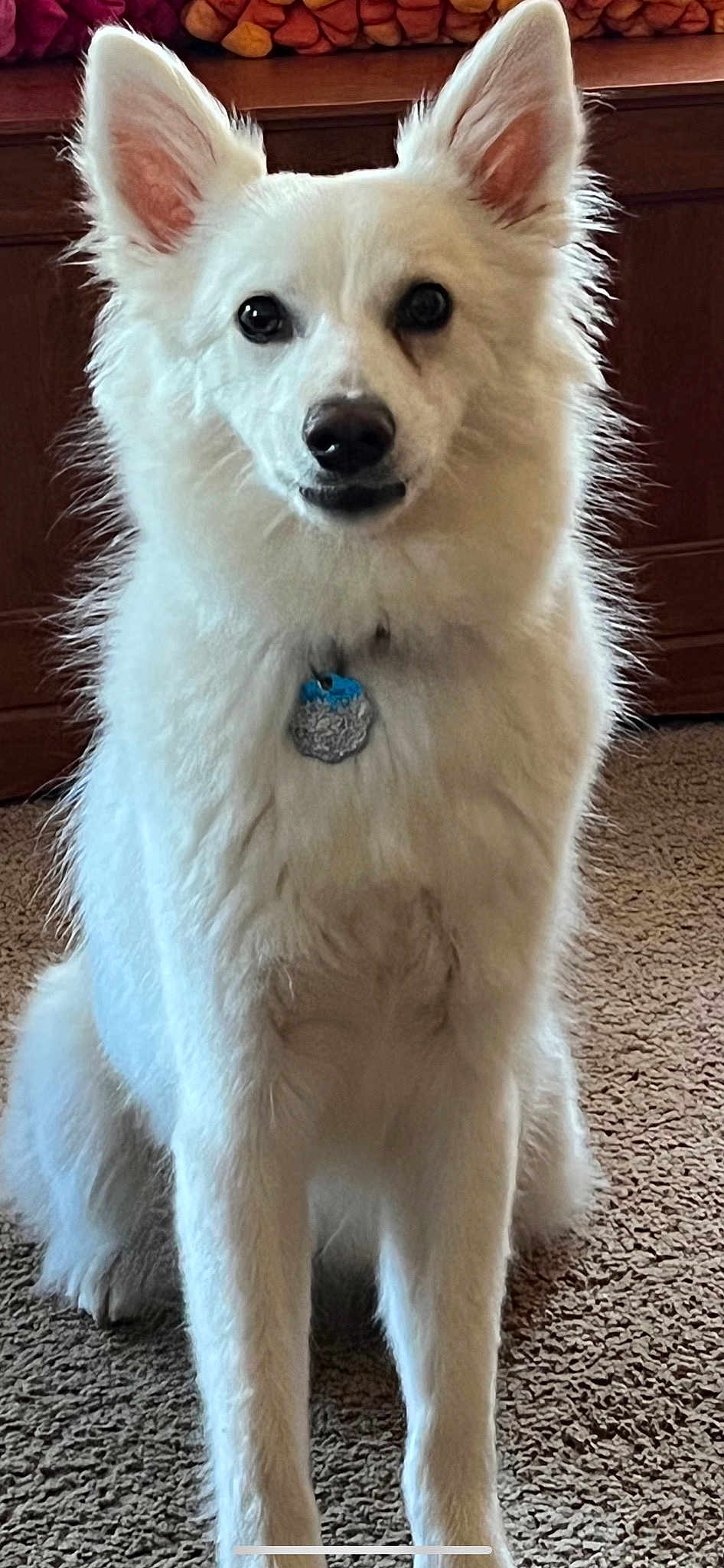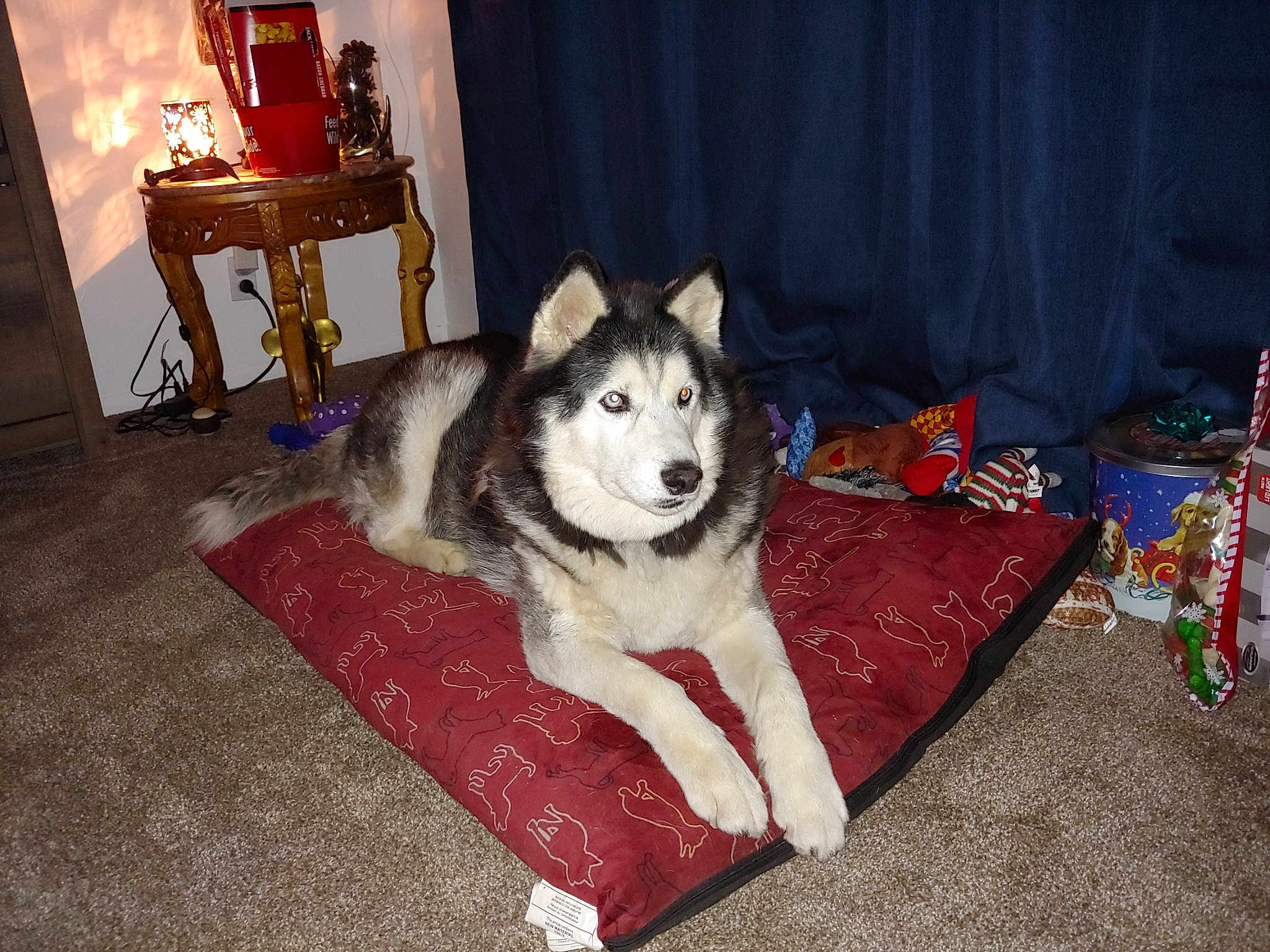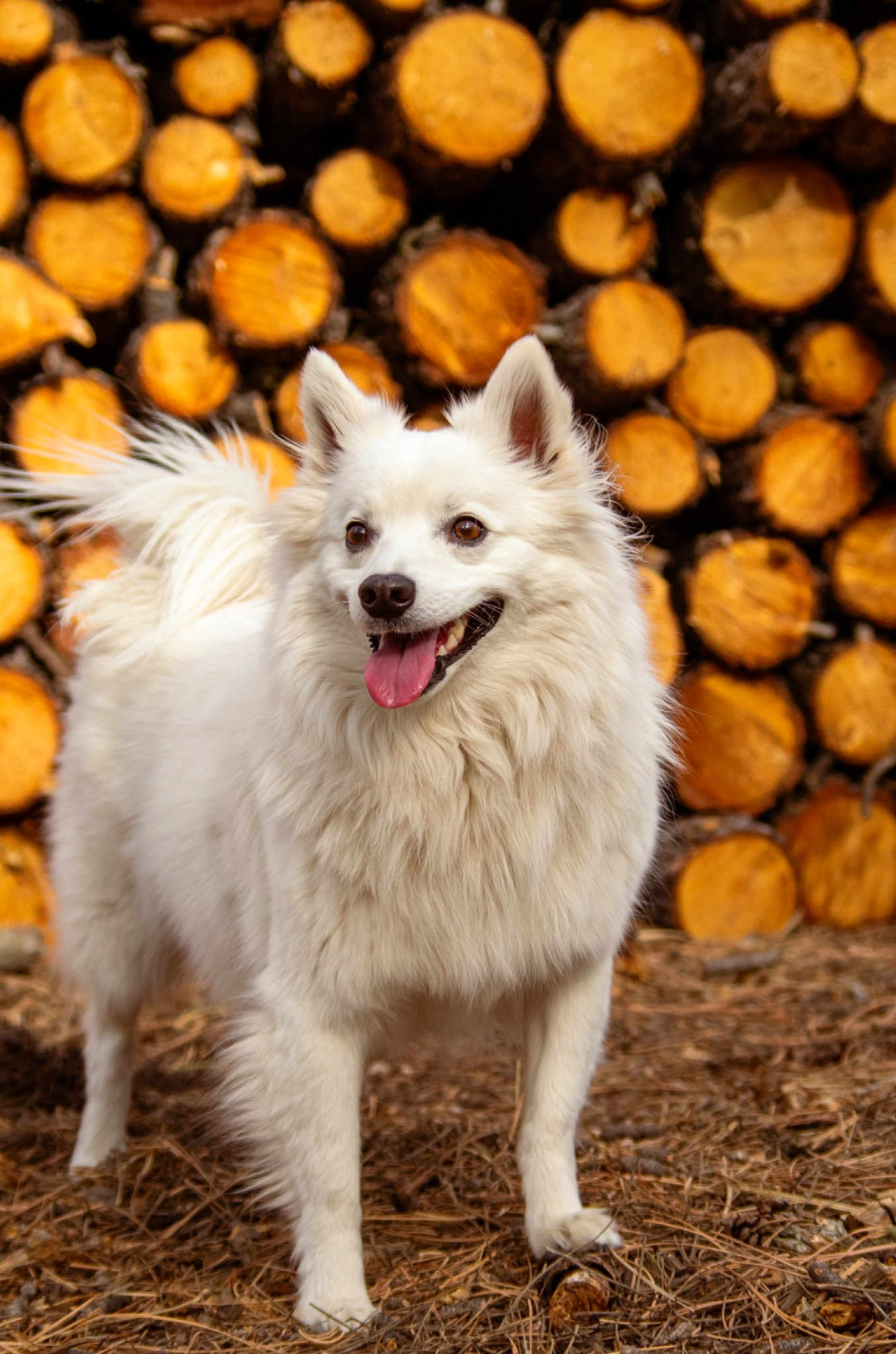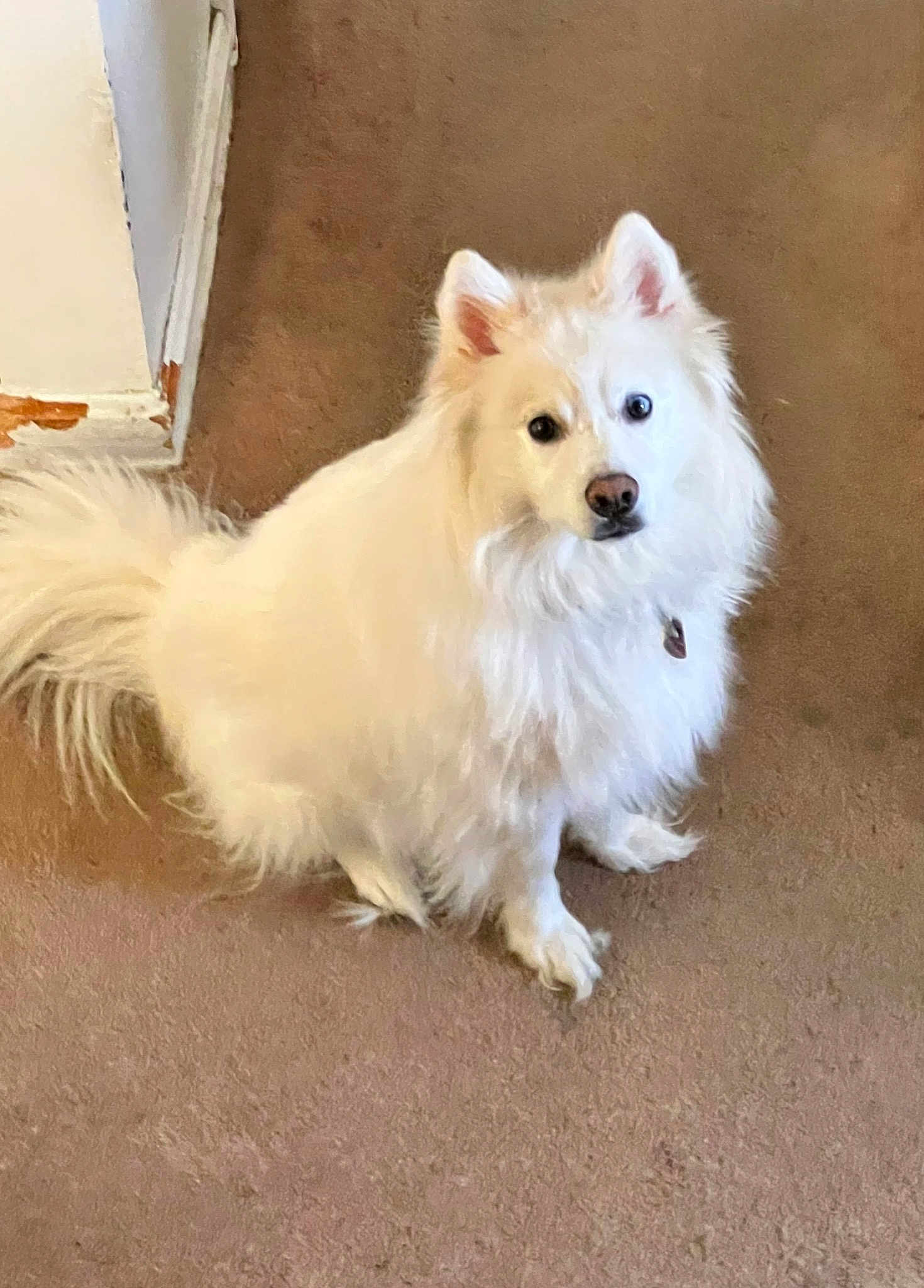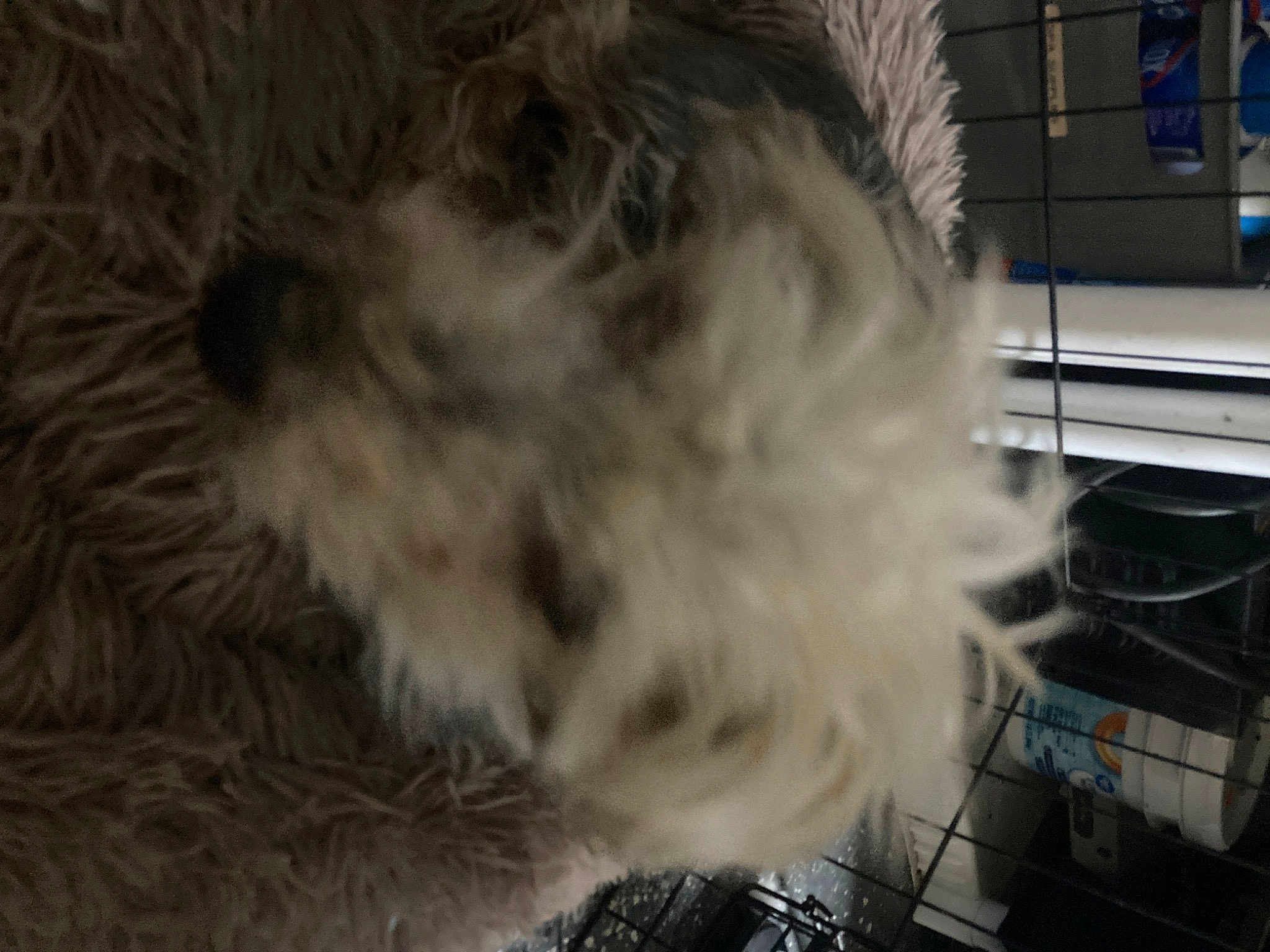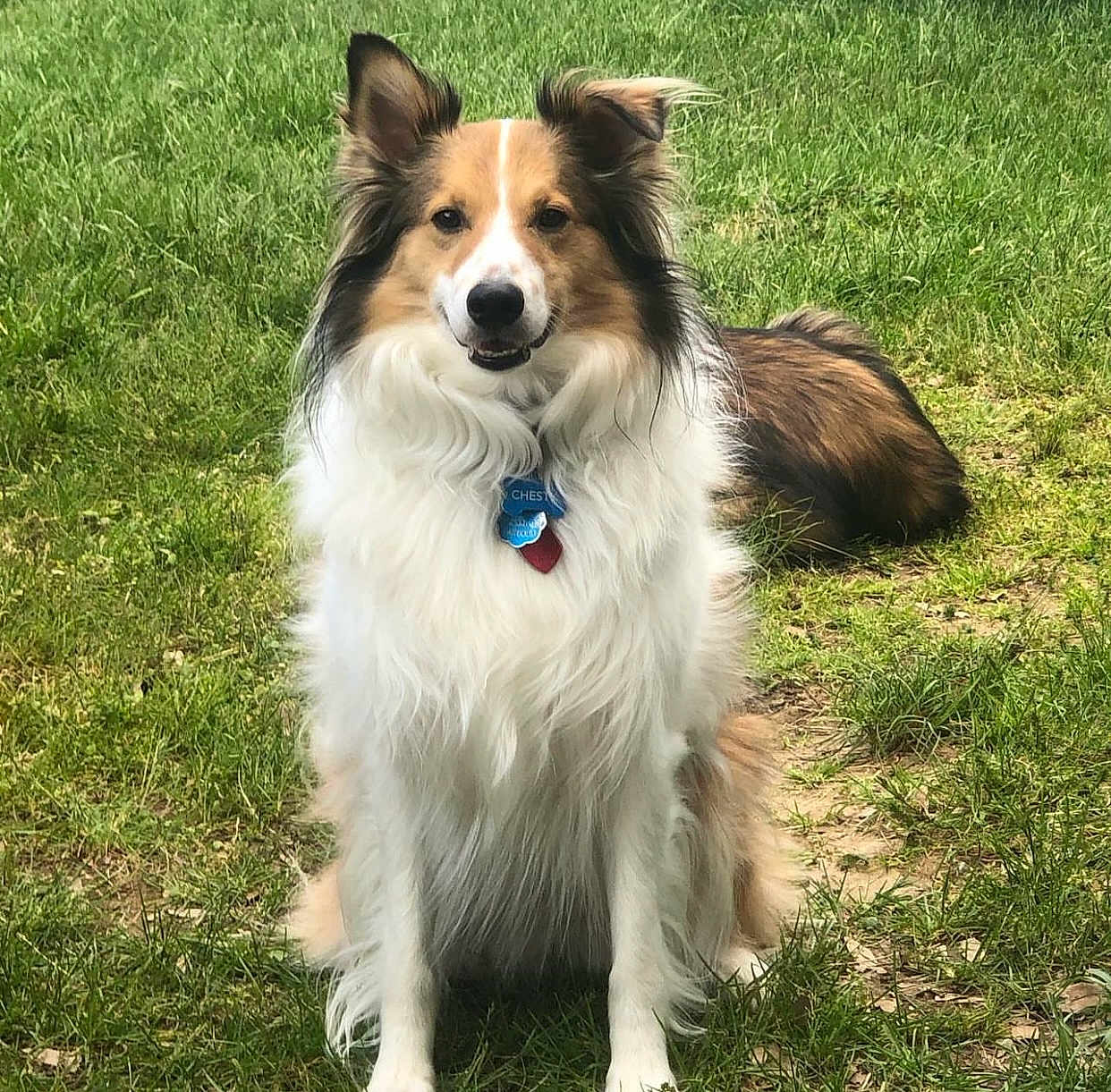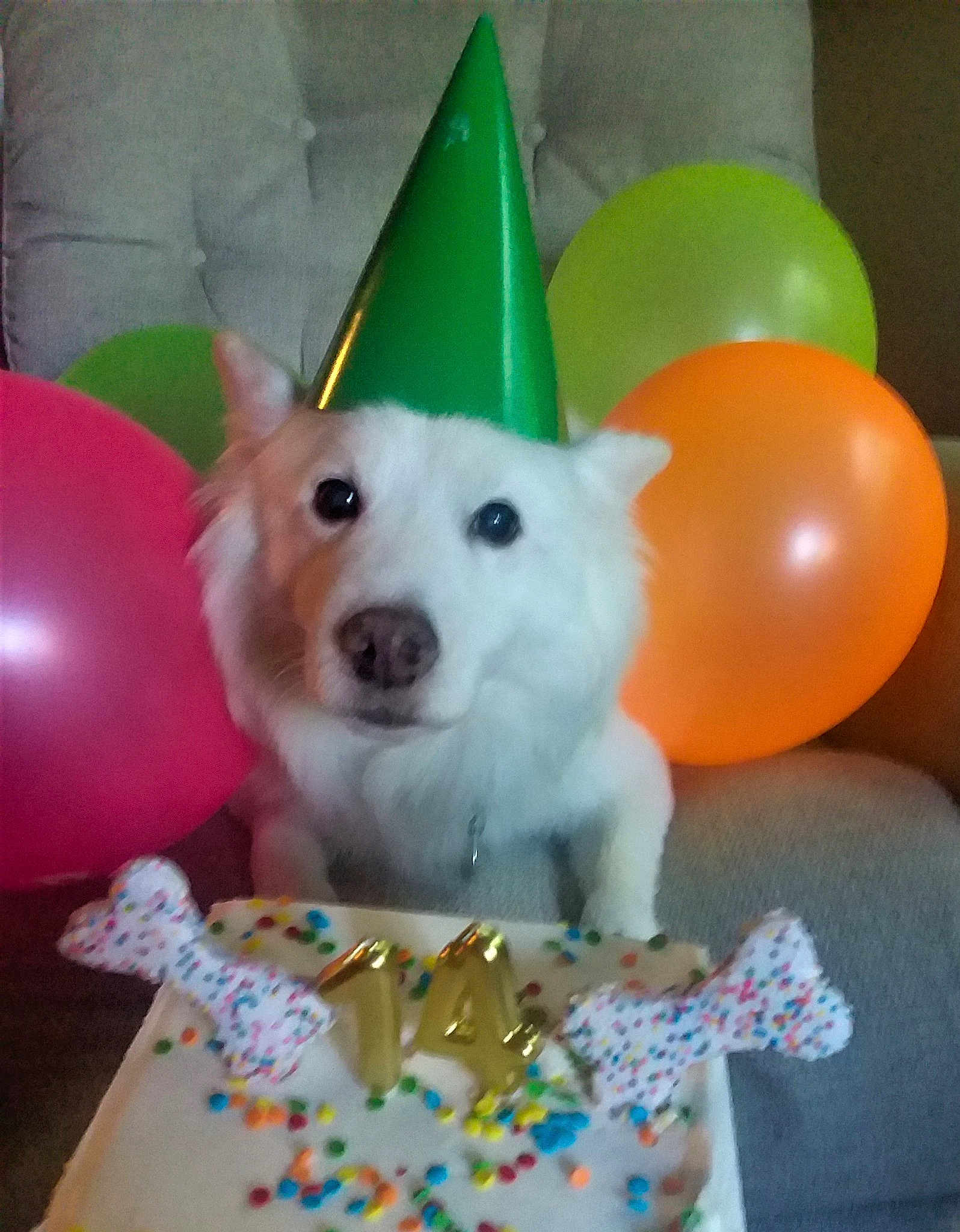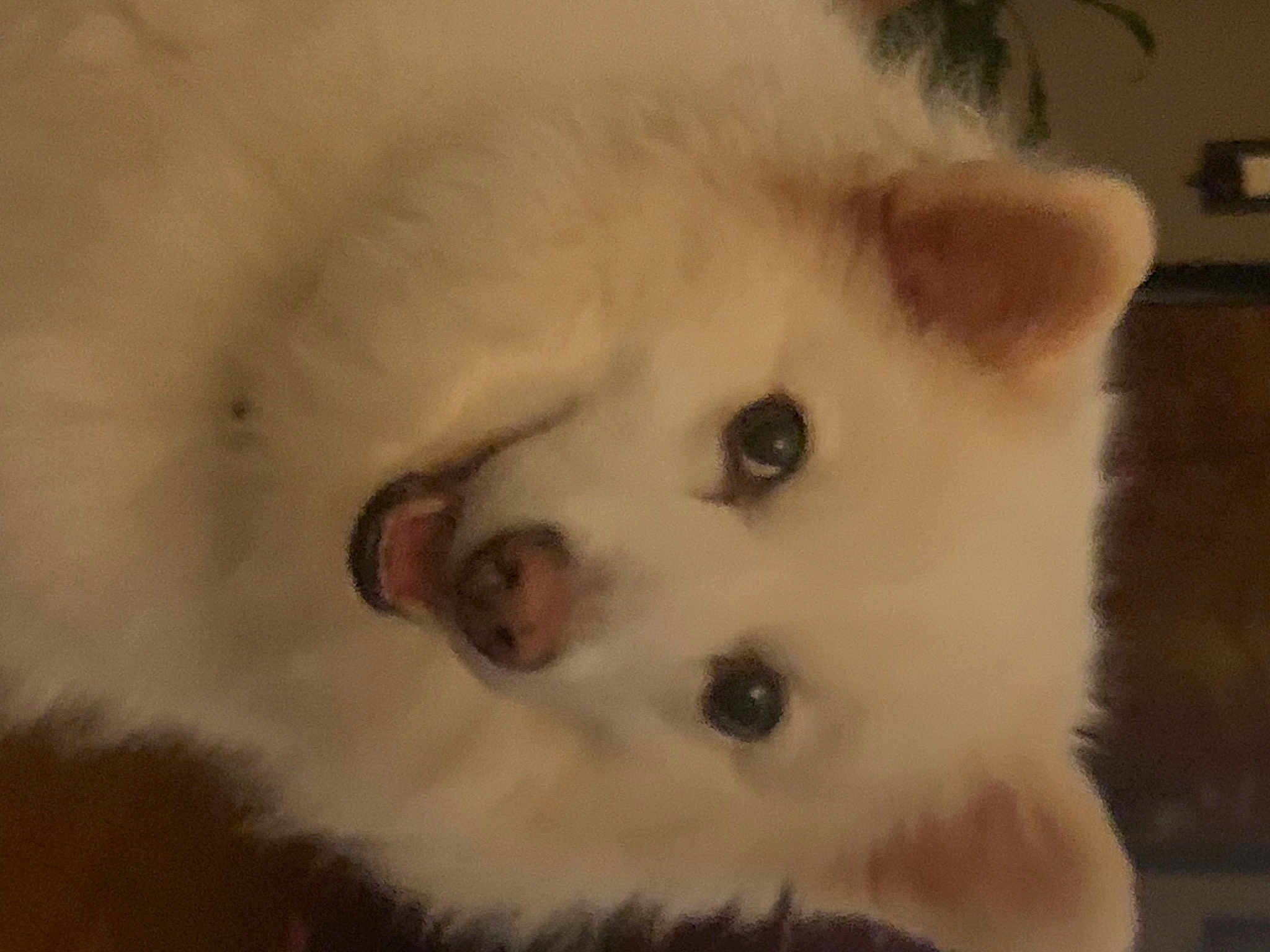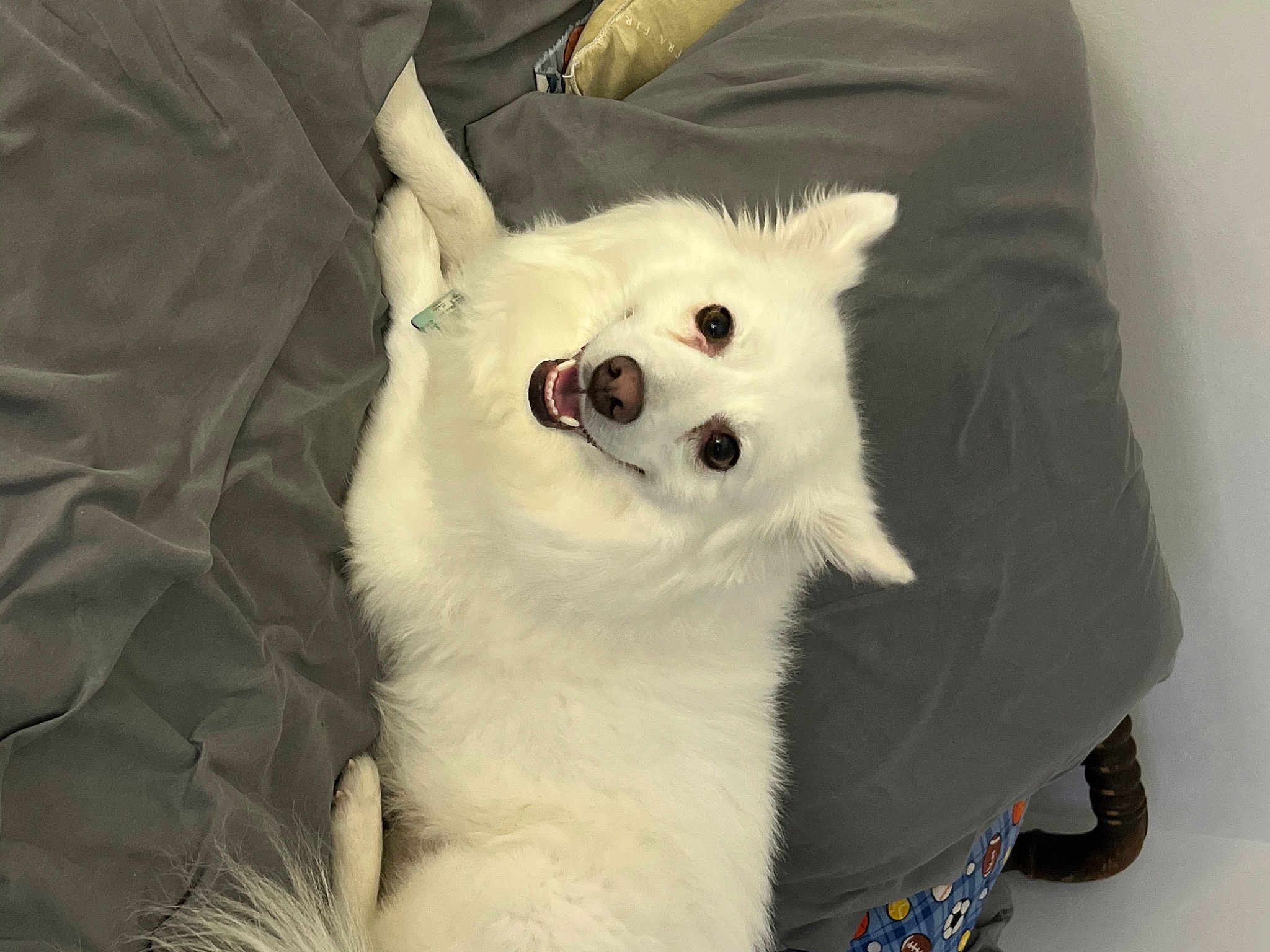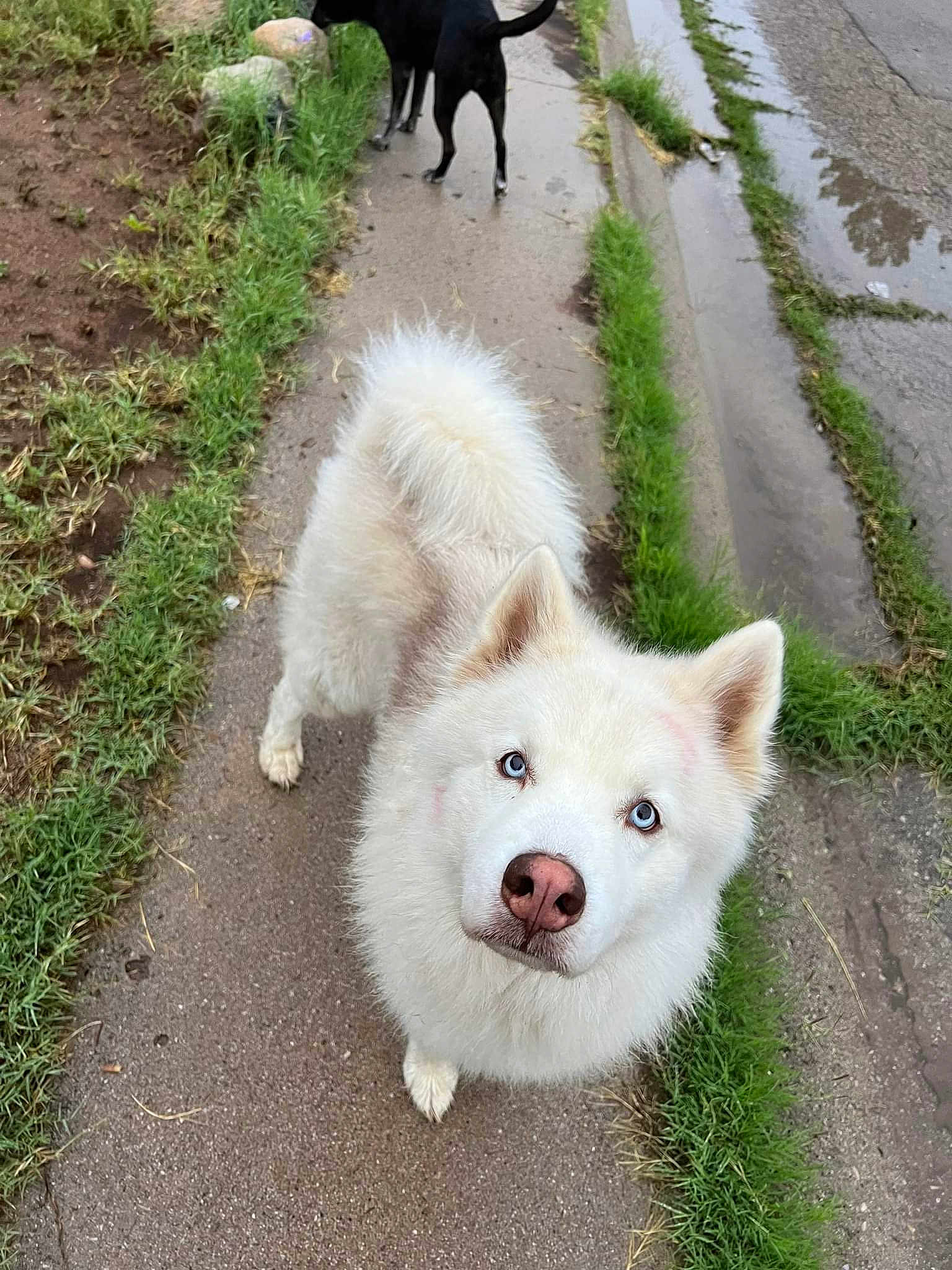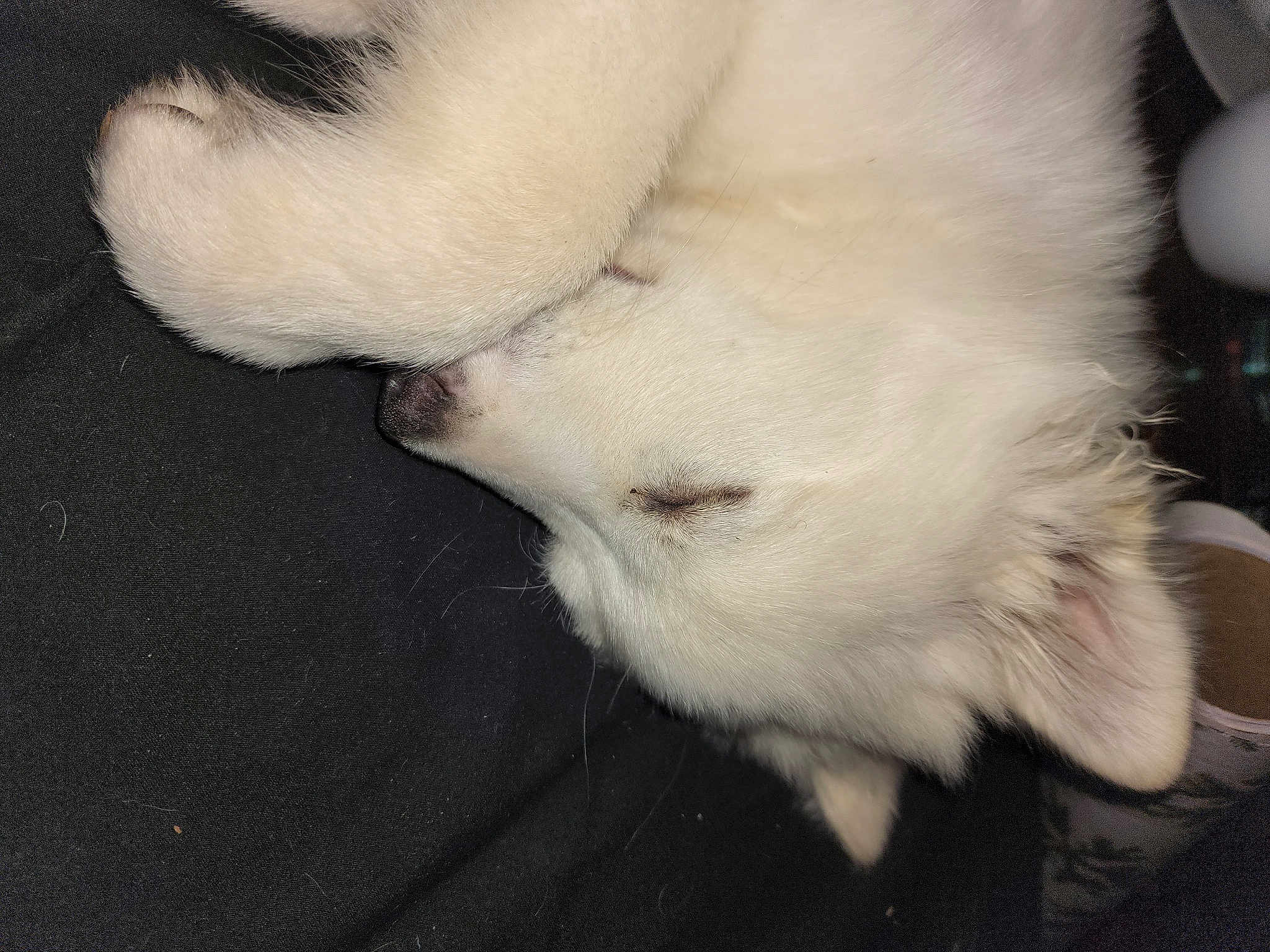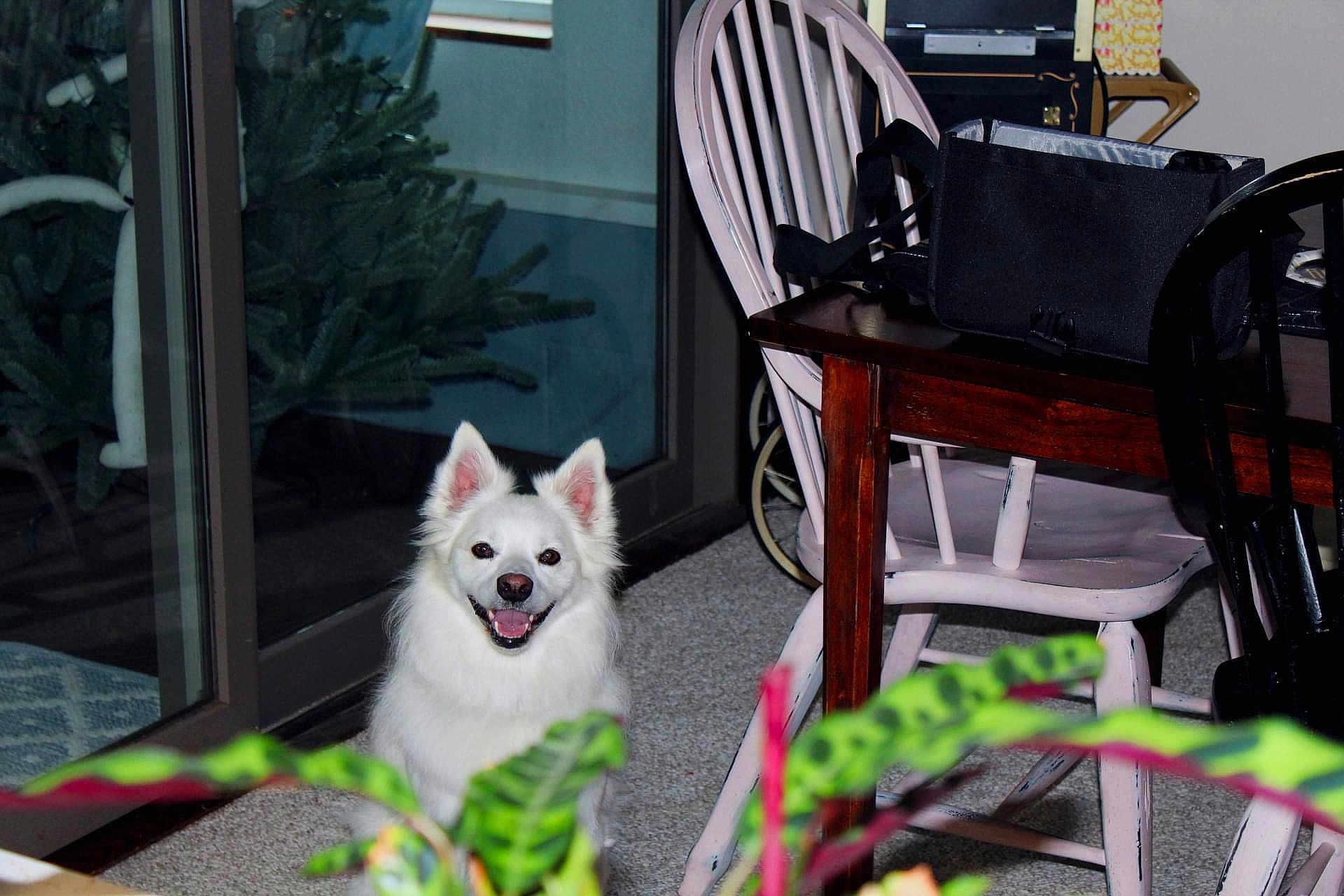Did you know that the American Eskimo Dog is often referred to as the "Eskie"? This delightful breed, known for its friendly demeanor and stunning white coat, is a standout in the diverse world of dog breeds. Whether you're delving into their personality, historical significance, or their care requirements, the Eskie offers a fascinating glimpse into the rich tapestry of canine companions.
Personality and Behavior of the American Eskimo Dog
The American Eskimo Dog, or Eskie, is renowned for its intelligence and affectionate nature. These dogs are exceptionally sociable and thrive on human interaction. They are wonderfully playful, which makes them an ideal companion for families with children. Their high level of alertness also makes them excellent watchdogs, alerting their owners whenever something unusual is afoot.
Eskies possess a remarkable blend of energy and ease. While they enjoy vigorous playtime and physical activity, they are equally content curling up with their owner for a quiet evening. This dual nature makes them adaptable to various living conditions, whether in a bustling household or a more solitary environment.
However, their intelligence comes with a caveat. Eskies are quick learners, but they also quickly pick up bad habits if not properly trained and occupied. They can become bored if not given enough mental stimulation, leading to potential behavior issues such as excessive barking or chewing.
The American Eskimo Dog's intelligence and eager-to-please nature make them highly trainable, but their sociability means they do best with owners who can provide plenty of interaction and mental engagement.
Meanings, History and Origins of the name American Eskimo Dog
The name "American Eskimo Dog" can be somewhat misleading as these dogs are not directly linked to Eskimo culture. Instead, they trace their origins back to Germany where they were originally bred as Spitz-type dogs. During the early 20th century, these dogs were brought to America, where they were used in circuses due to their agility and trainability, delighting audiences with their clever tricks.
The name "American Eskimo Dog" was adopted later, likely as a marketing strategy to evoke a sense of exoticism and rugged endurance. The breed gained official recognition from the American Kennel Club (AKC) in 1995. Despite the potential confusion surrounding their name, Eskies are very much an American success story, growing from circus performers to beloved family pets.
The Eskie's fluffy white coat and compact size made them perfectly suited for their role in entertainment. Over time, their charm won them a place in the hearts of many American families, leading to their current standing as beloved household pets.
Popularity of the American Eskimo Dog
In the United States, the American Eskimo Dog enjoys considerable popularity, ranking consistently well in AKC surveys. Their friendly demeanor and striking appearance make them attractive to a wide range of dog enthusiasts. This breed's ability to blend into various lifestyle settings, from urban apartments to suburban homes, further boosts its appeal.
Outside of the United States, the Eskie's popularity varies. In Europe, they are known and appreciated in countries like Germany, where their roots lie. However, they are less common in countries with stricter import regulations or those that favor local breeds.
In Asia, particularly in Japan and South Korea, smaller Spitz-type dogs enjoy popularity, though the American Eskimo Dog remains a relatively rare sight. The global recognition of the breed is enhanced by their features in media such as advertising and pet shows, contributing to a slow yet steady increase in their international popularity.
Health and Care of the American Eskimo Dog
Like all breeds, the American Eskimo Dog has specific health considerations. They are generally robust, but their thick coat can predispose them to skin issues if not properly groomed. Regular brushing is essential to keep their coat free of mats and to reduce shedding. Bathing should be done as needed, ensuring the skin remains healthy.
Eskies can be prone to hereditary conditions such as hip dysplasia and progressive retinal atrophy (PRA). Regular veterinary check-ups can help in early detection and management of these conditions. Maintaining a balanced diet tailored to their size and activity level is crucial to their overall health.
Dental care is another significant aspect. Like many small to medium-sized breeds, Eskies can develop dental issues if their teeth are not properly cared for. Regular brushing and dental chews can help keep their teeth in good condition, preventing painful and costly dental problems in the future.
Training and Education of the American Eskimo Dog
Training an American Eskimo Dog can be an incredibly rewarding experience due to their high intelligence and eager-to-please attitude. Positive reinforcement techniques work best with this breed. Rewards in the form of treats, praise, and playtime can quickly reinforce desired behaviors.
Socialization is crucial from an early age. Exposure to a variety of people, environments, and other animals helps an Eskie become a well-adjusted adult dog. They can be somewhat reserved with strangers, so positive social experiences are key to preventing undue shyness or anxiety.
House training can be achieved relatively easily, but consistency is crucial. Additionally, mental stimulation is important to prevent boredom. Puzzle toys, advanced obedience training, and agility activities can keep an Eskie engaged and happy.
In regions with cold climates, Eskies thrive wonderfully, but they can also adapt to warmer areas, provided they are kept cool and hydrated. Their double coat insulates against temperature extremes, but caution is needed during hot weather to avoid heat stress.
Across different cultures, the Eskie may be known by various names and invoked in local folklore or pet literature, adding to the breed's unique charm and historical richness.
Before choosing a breed, consider factors like activity level, grooming needs, and social tendencies. The American Eskimo Dog thrives in environments where they are an integral part of the family. They need regular interaction, exercise, and mental activities to stay happy and healthy.
Choosing the right dog breed is a joyous journey that requires careful thought and consideration. At Pageant Dog, we see numerous American Eskimo Dogs participating in our contests, showcasing their elegance and intelligence. The American Eskimo Dog's combination of charm, intelligence, and loyalty makes it a fantastic choice for any dog lover looking for a vibrant and loving companion.







